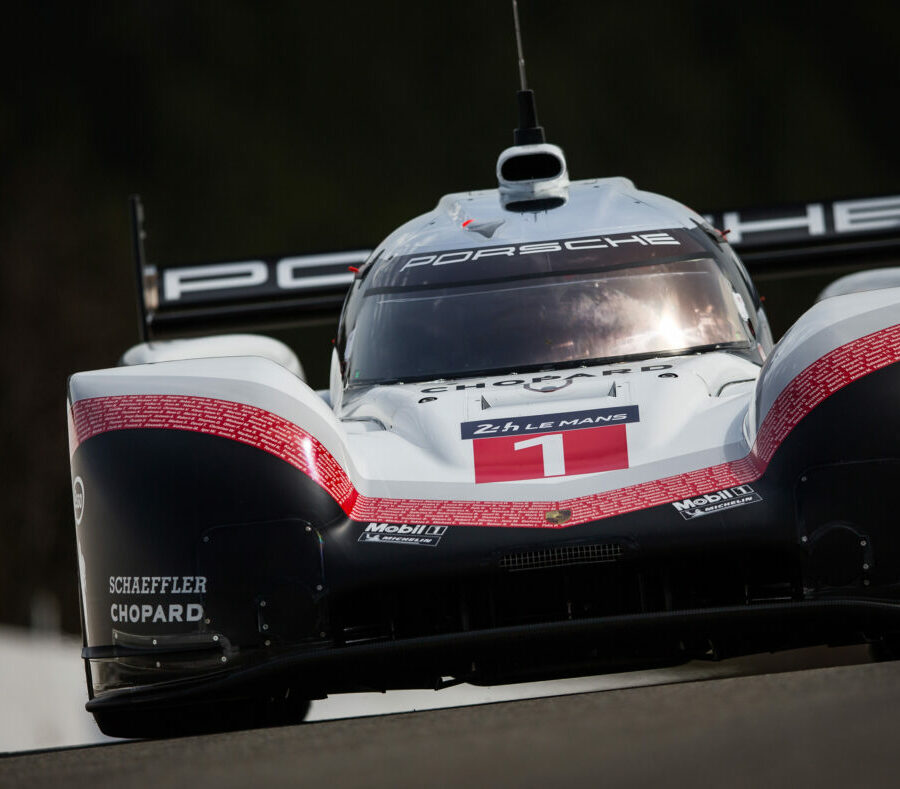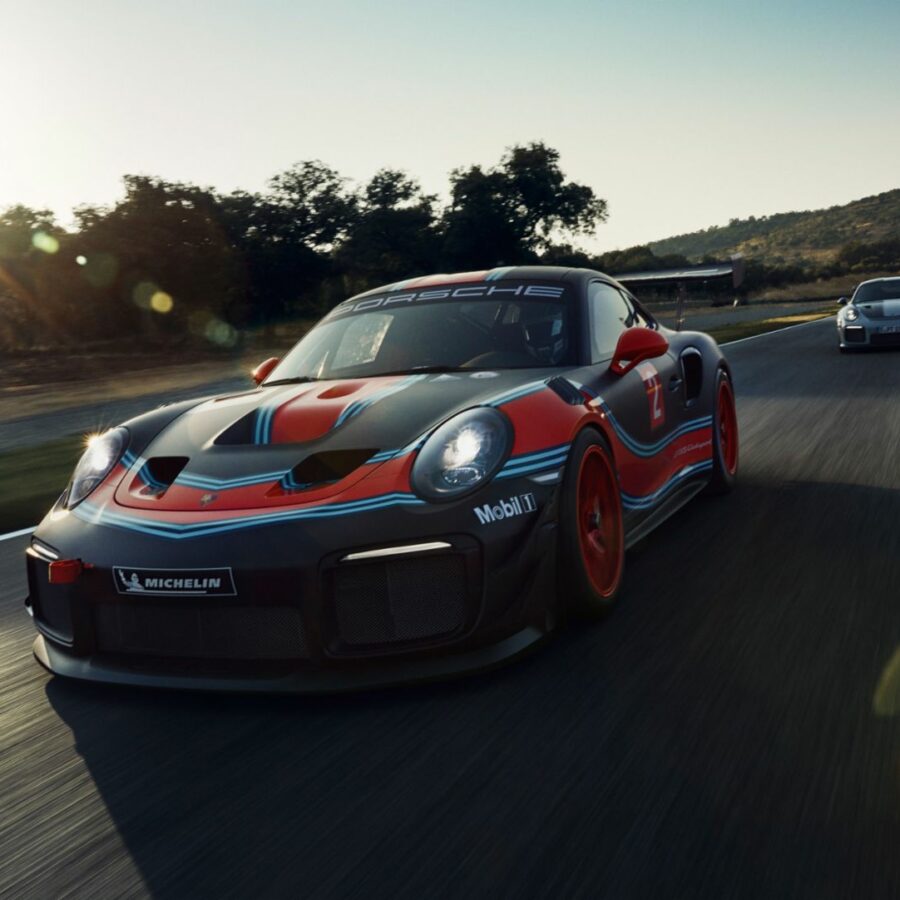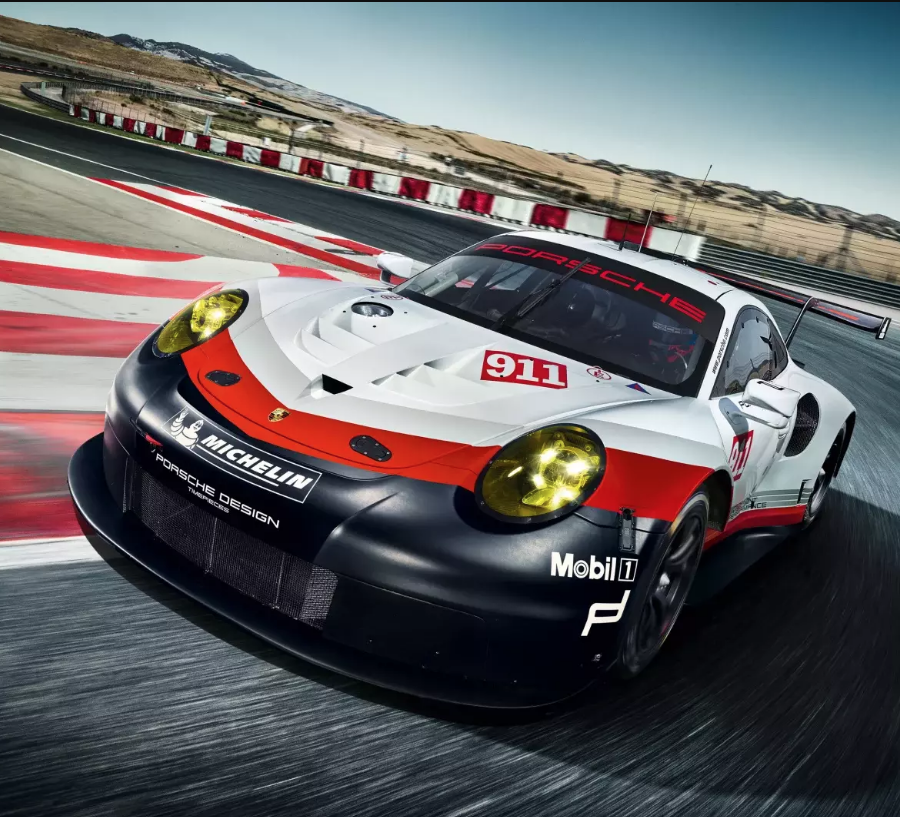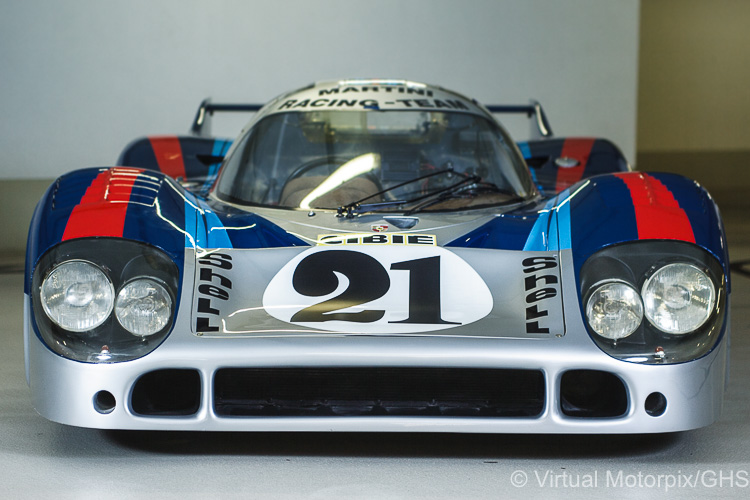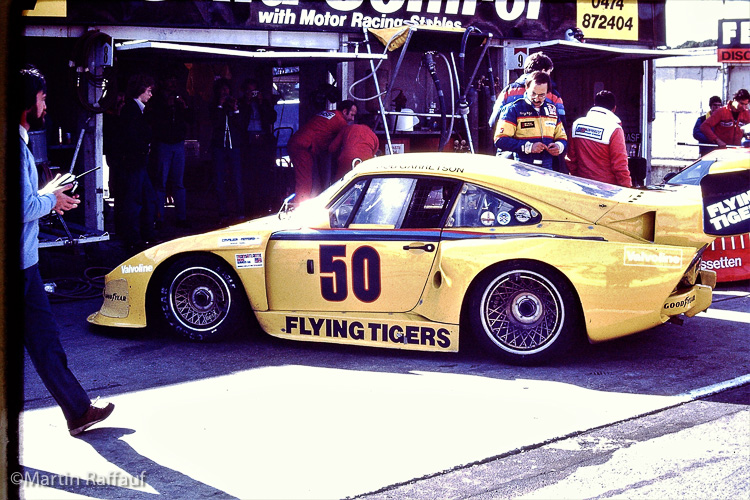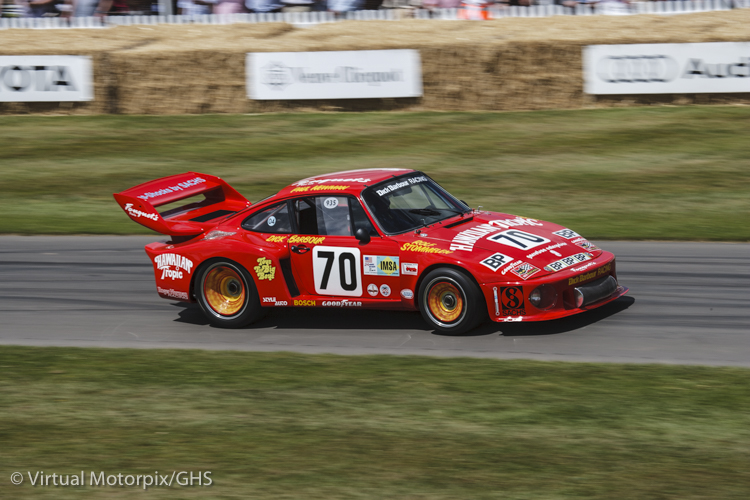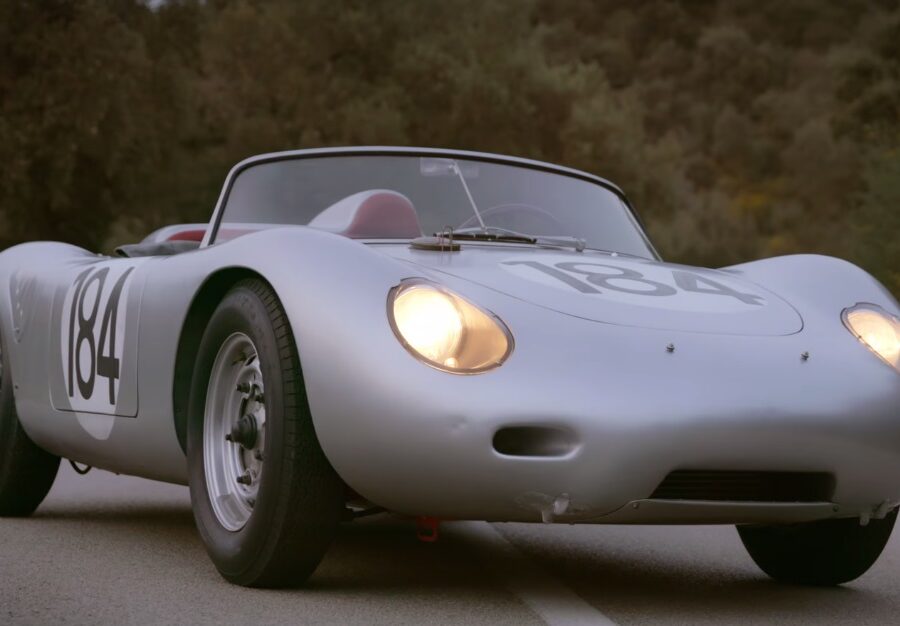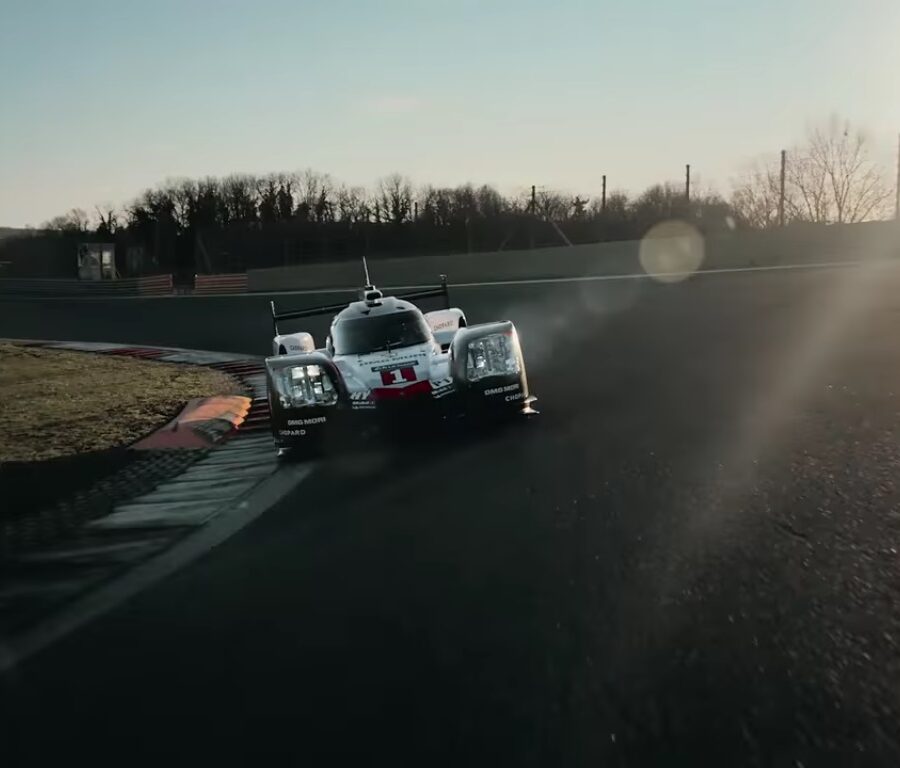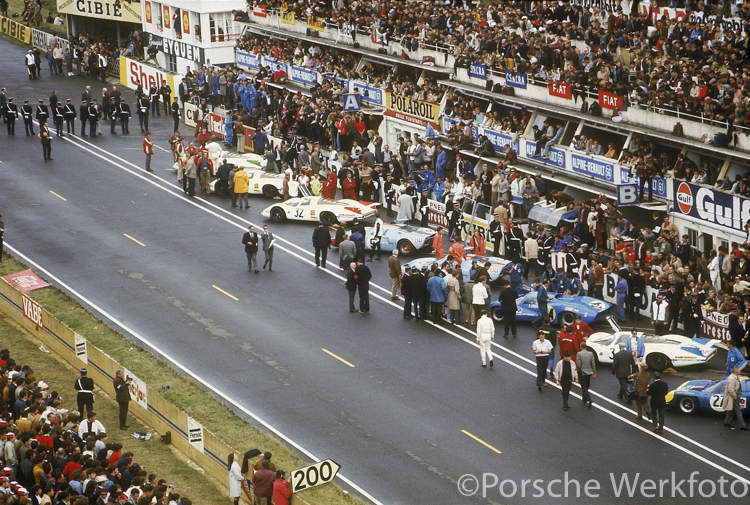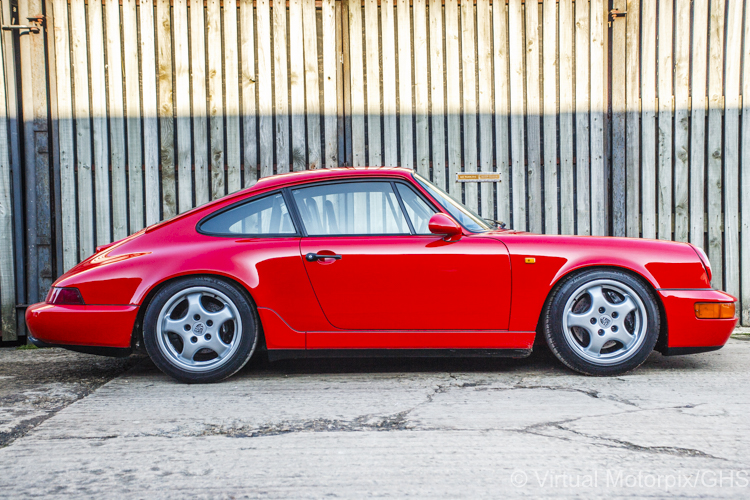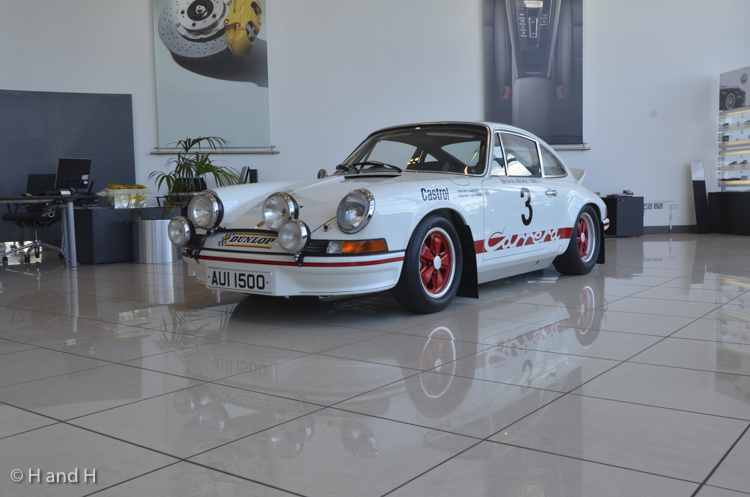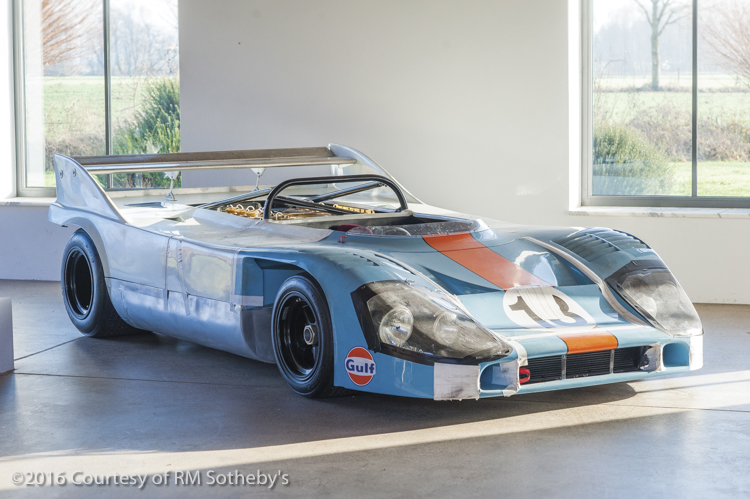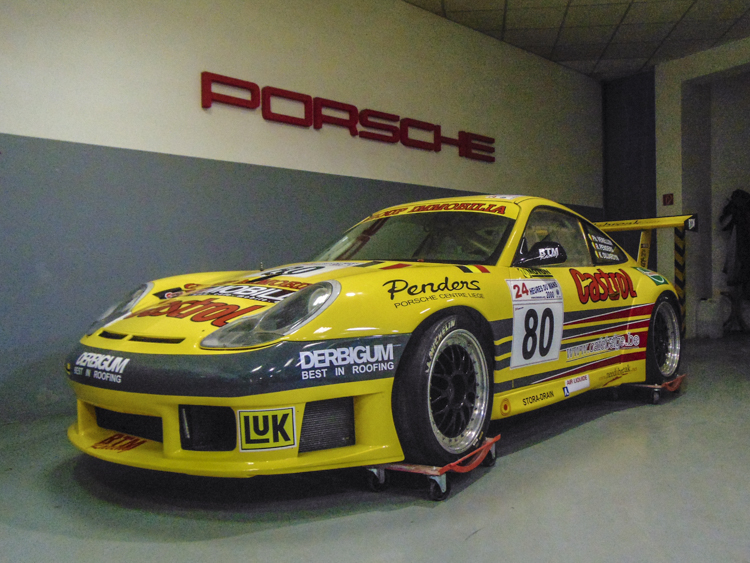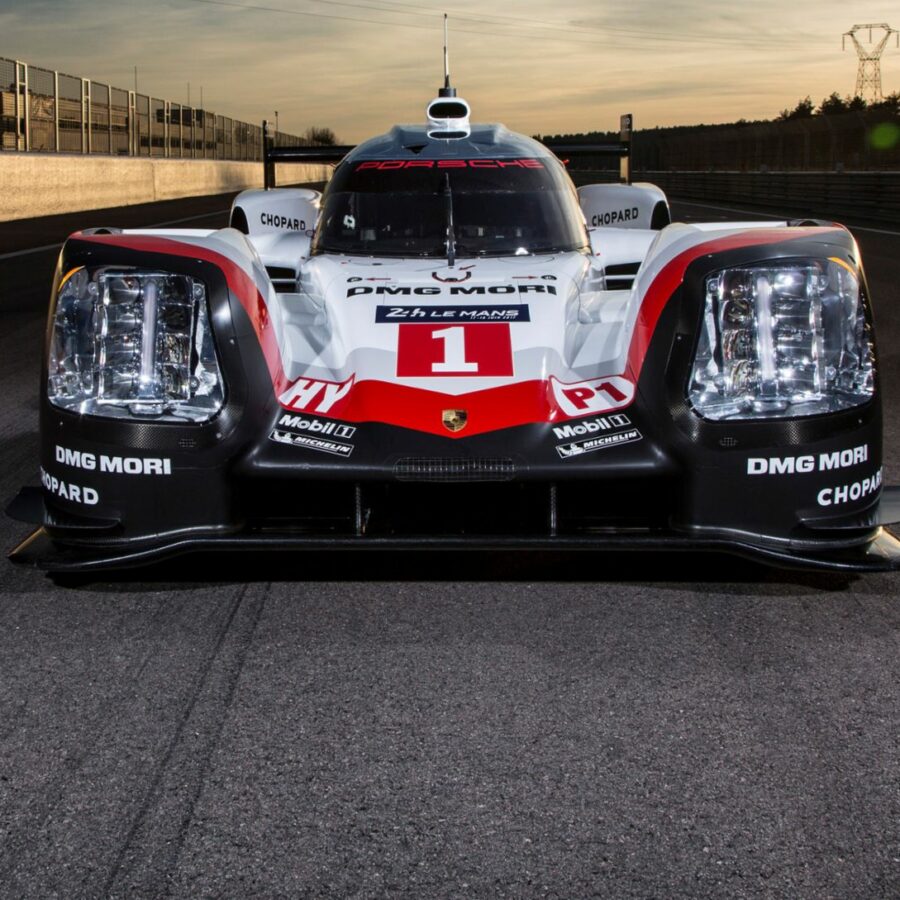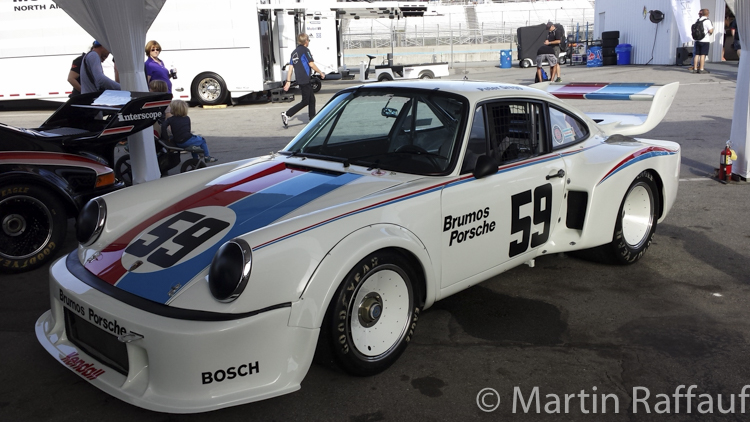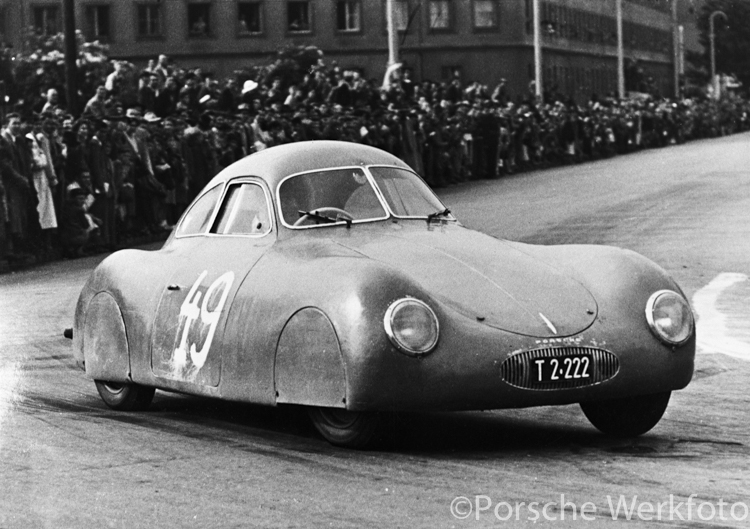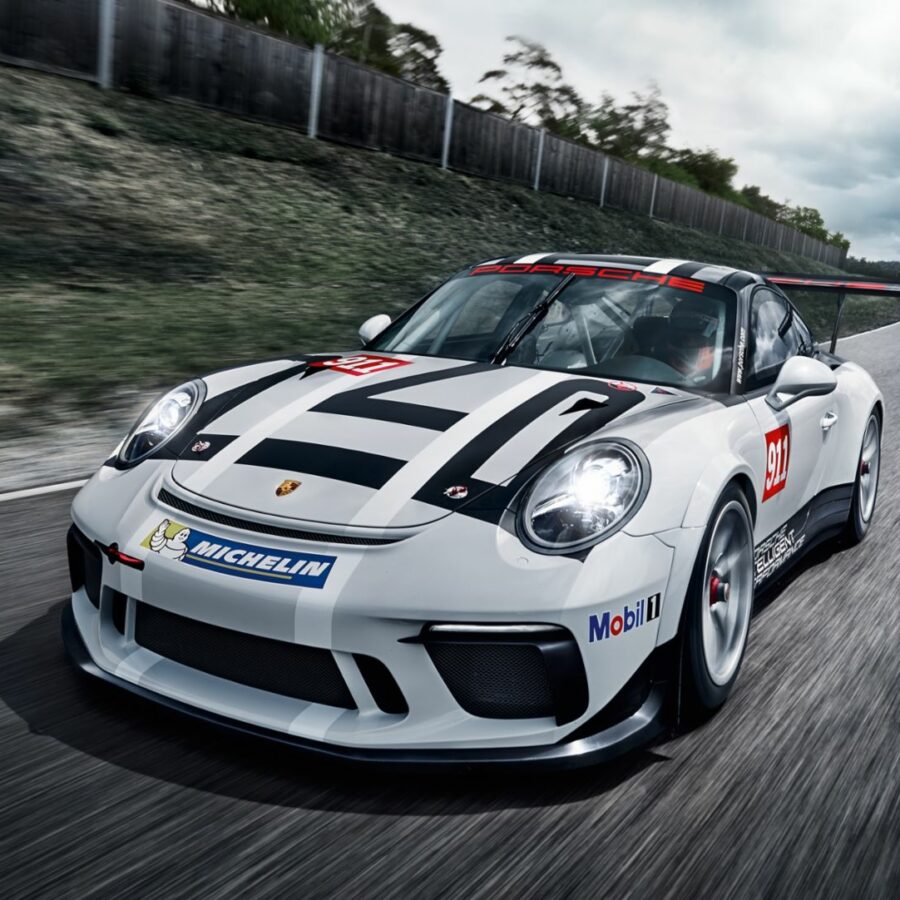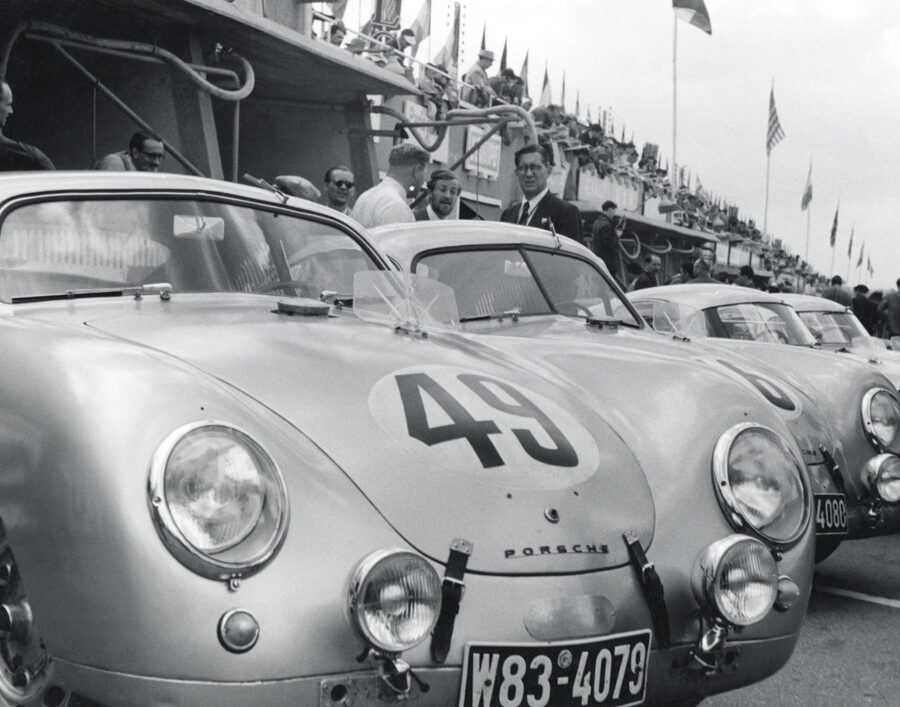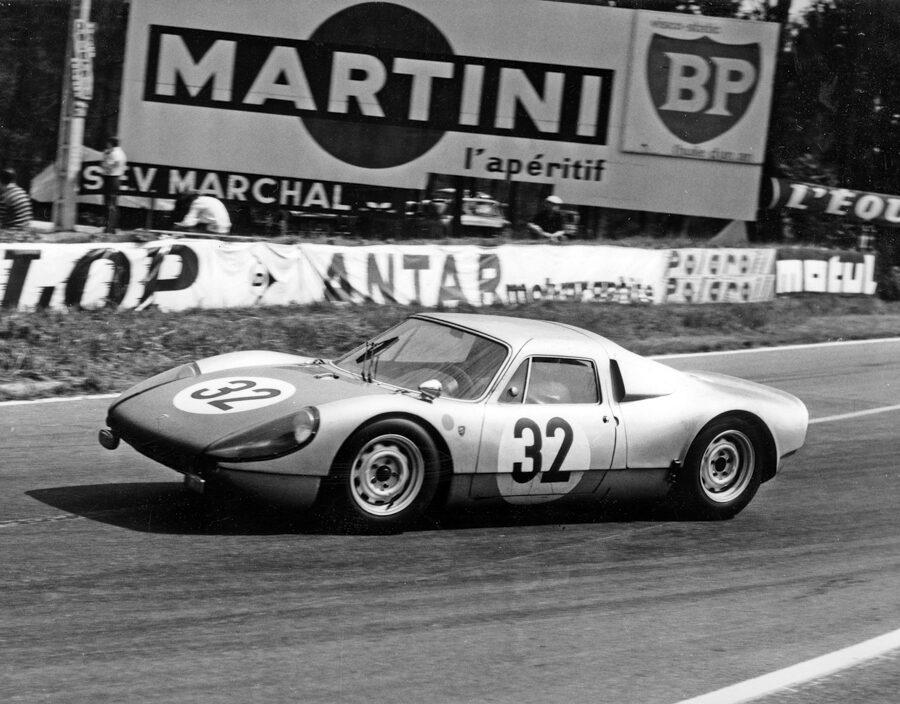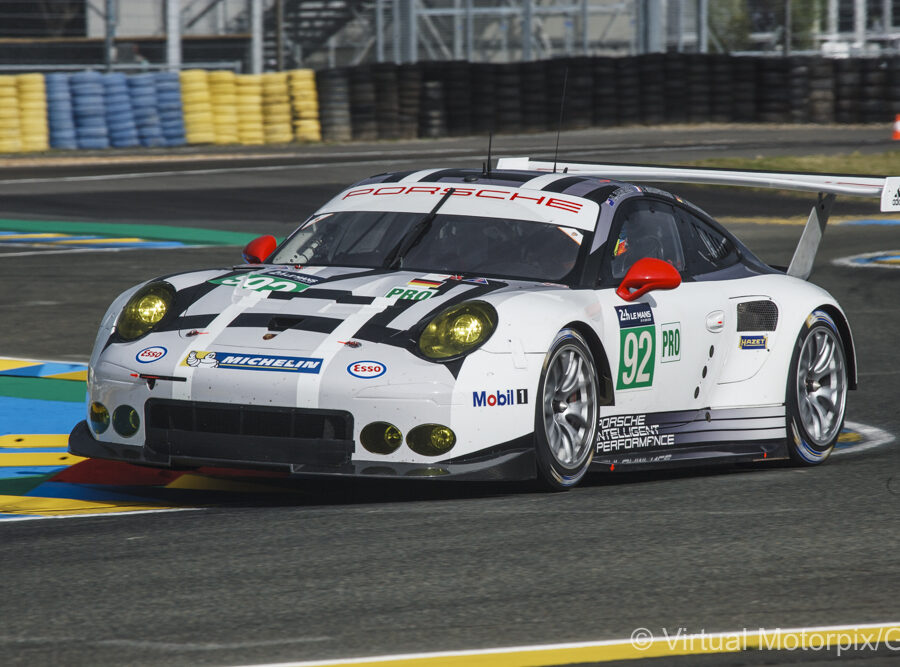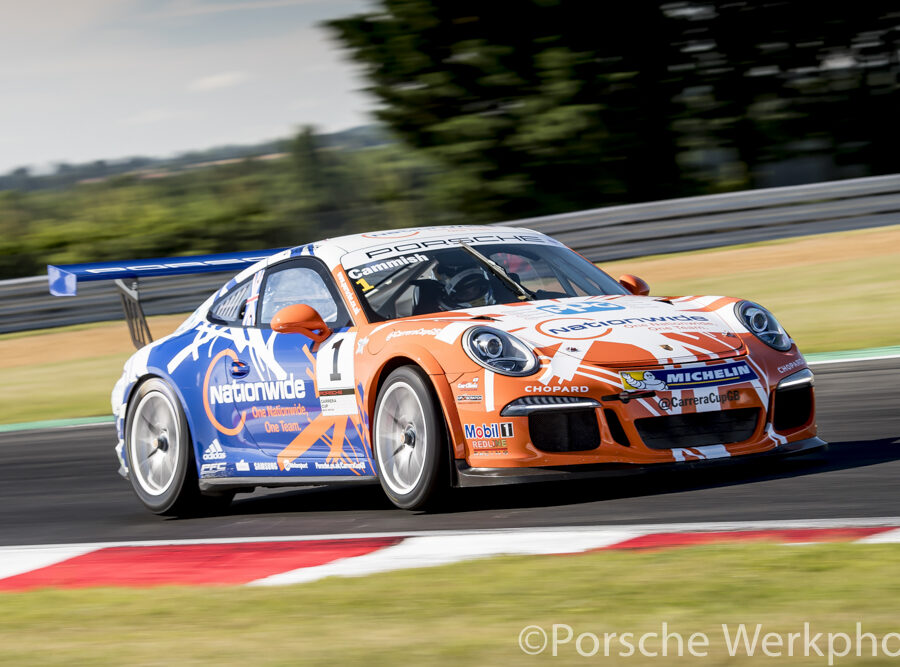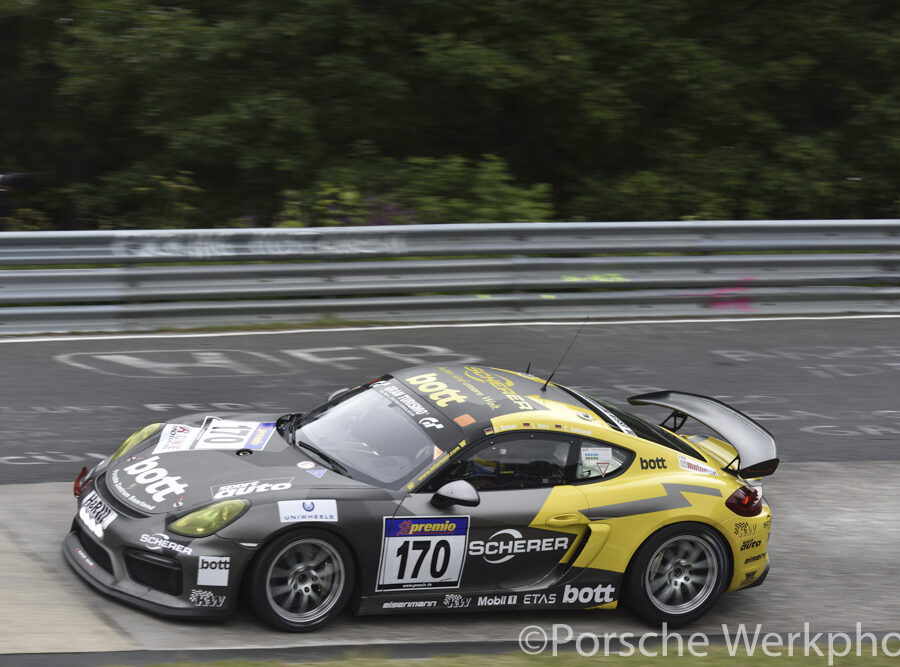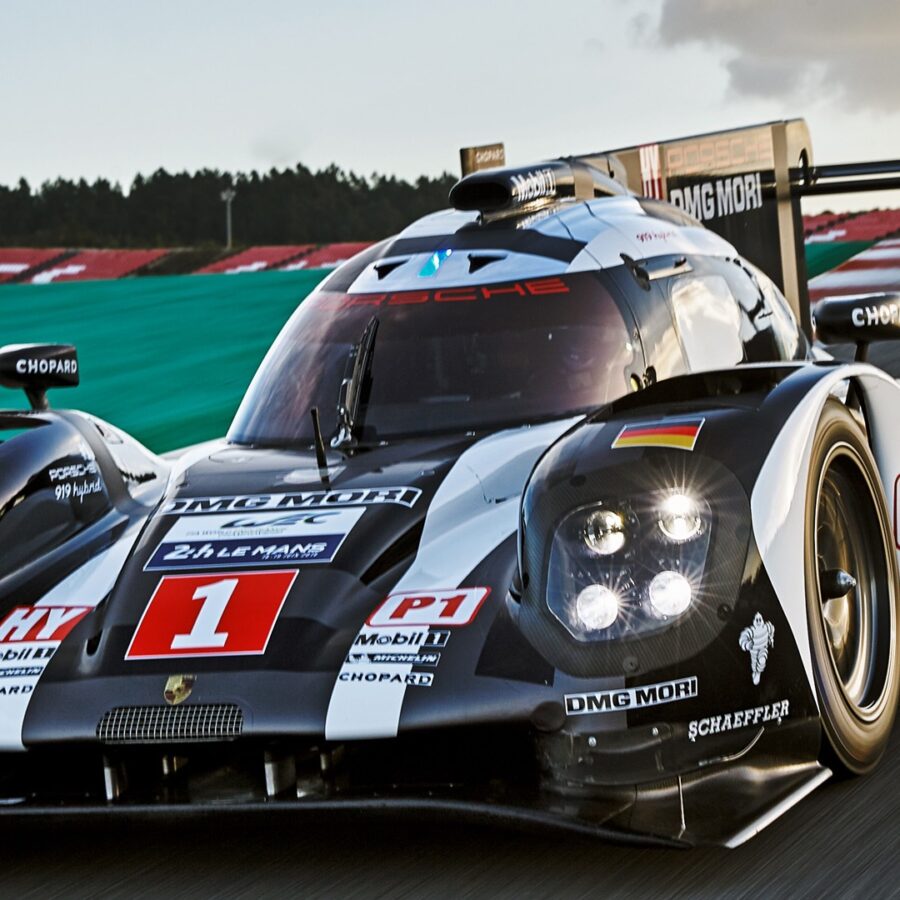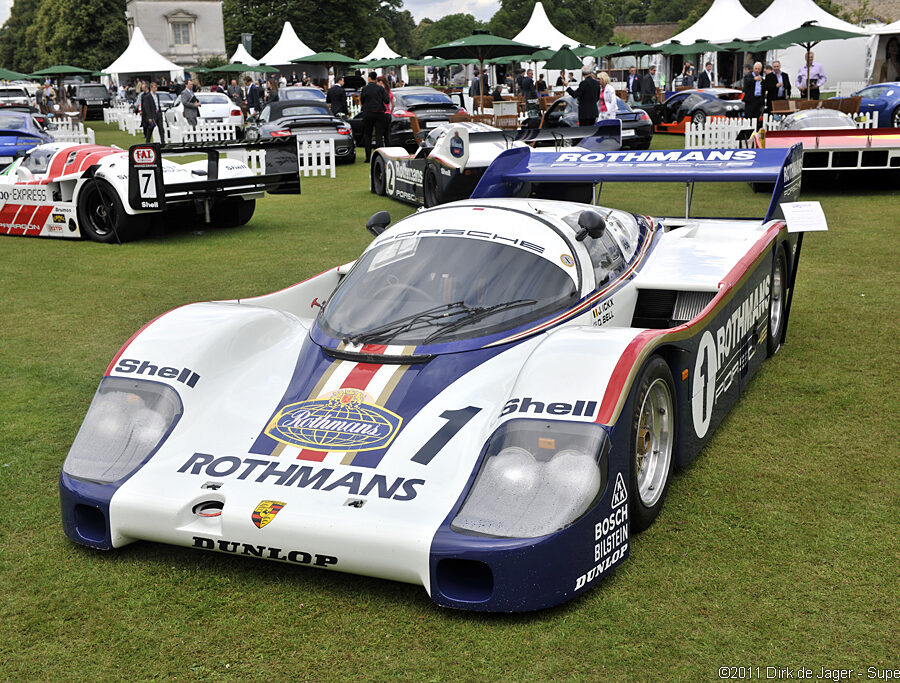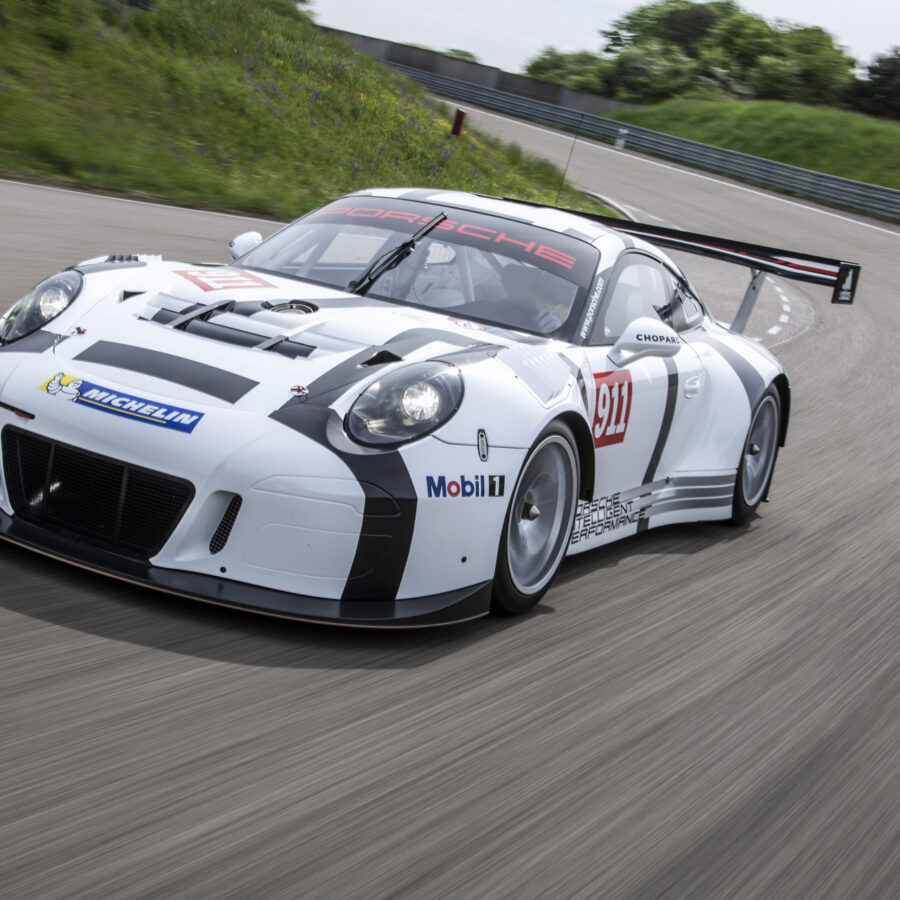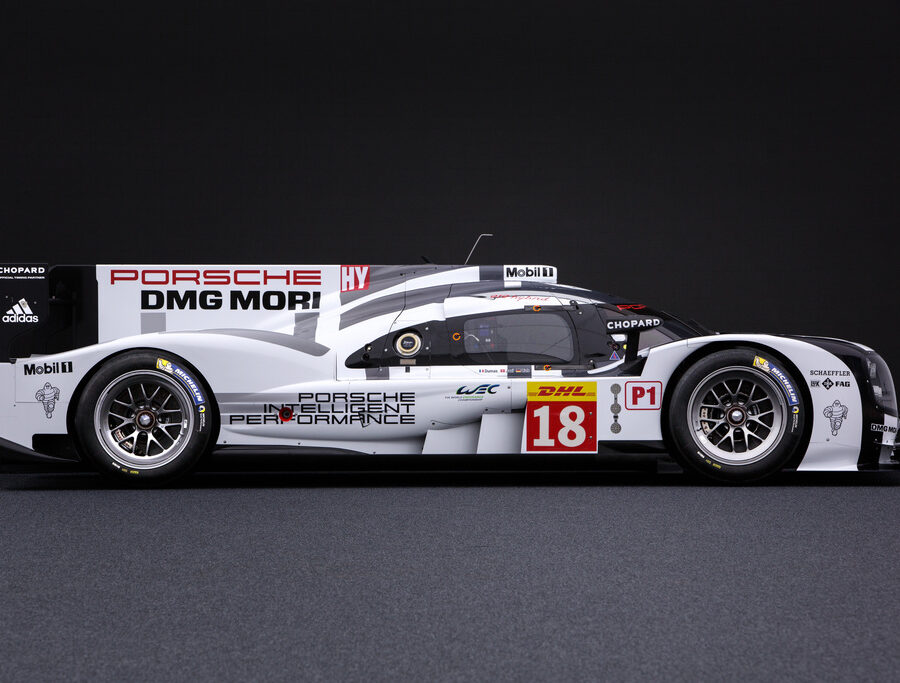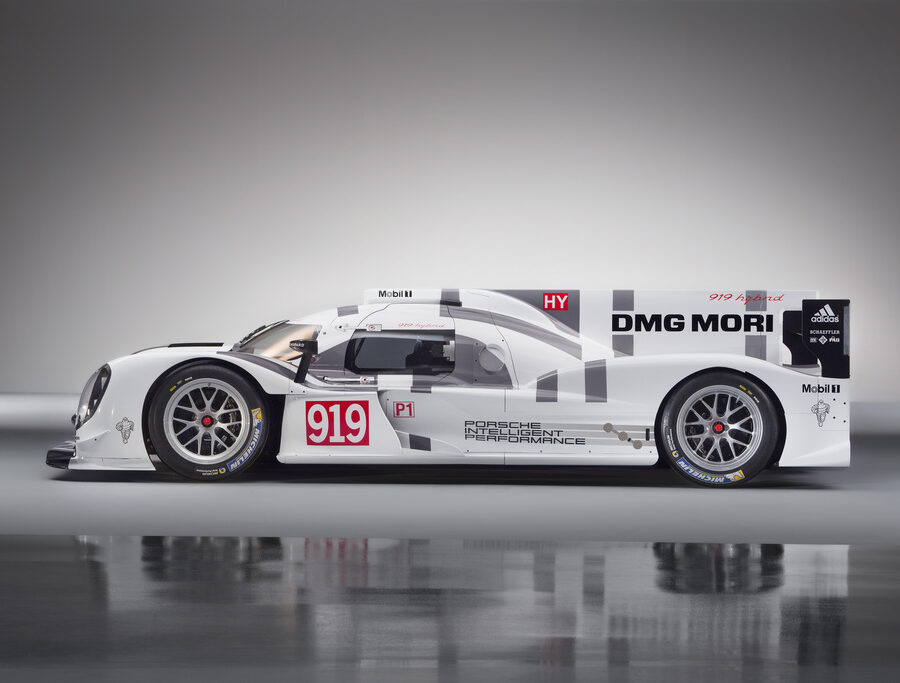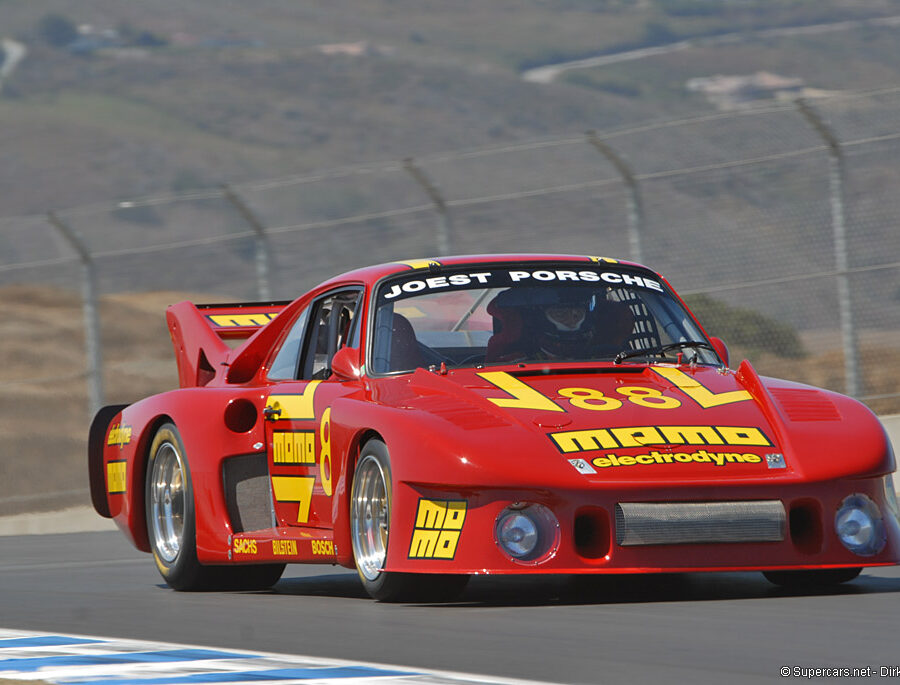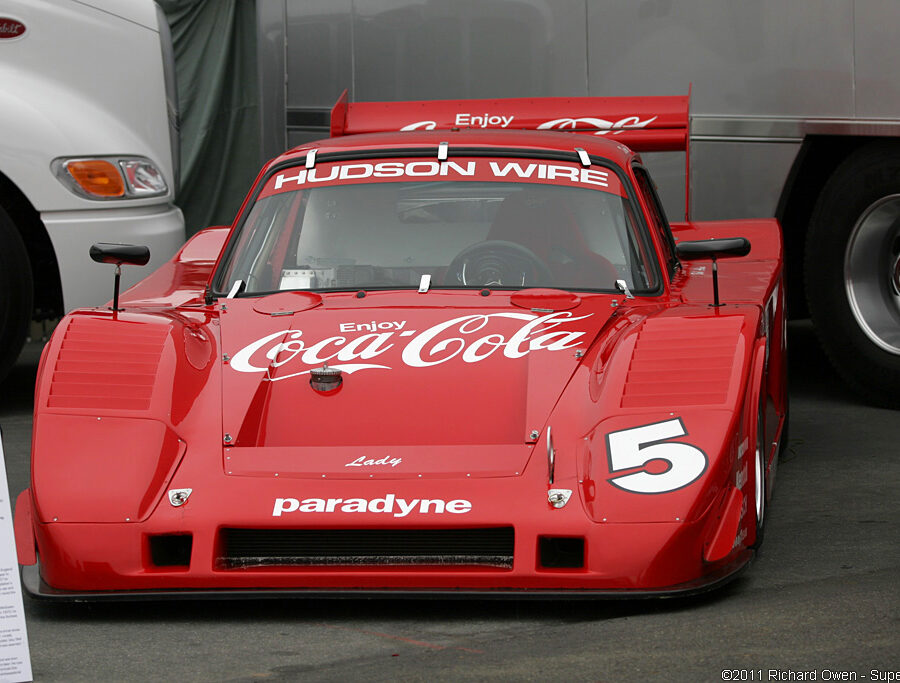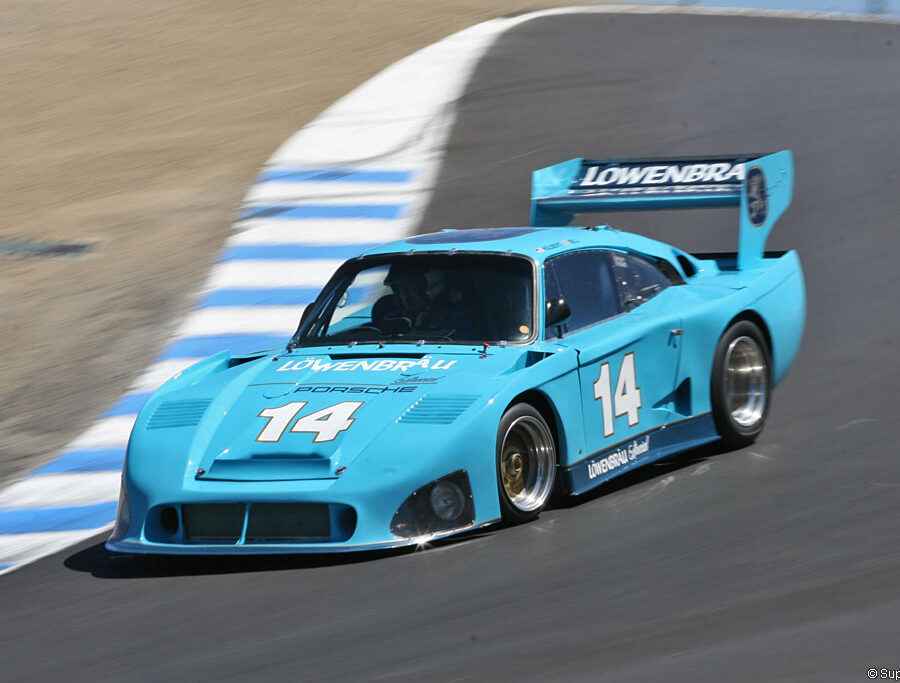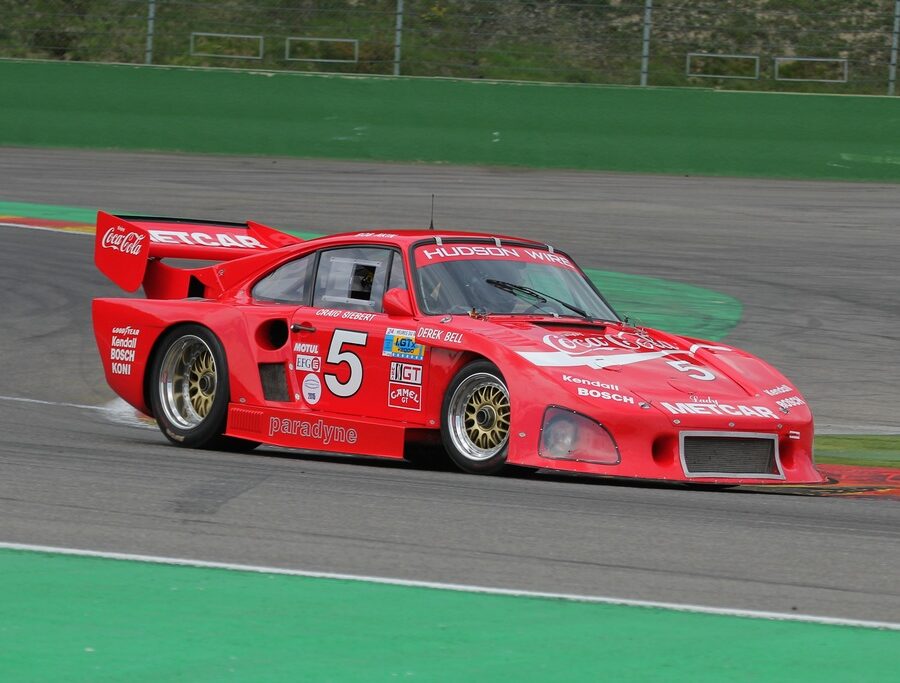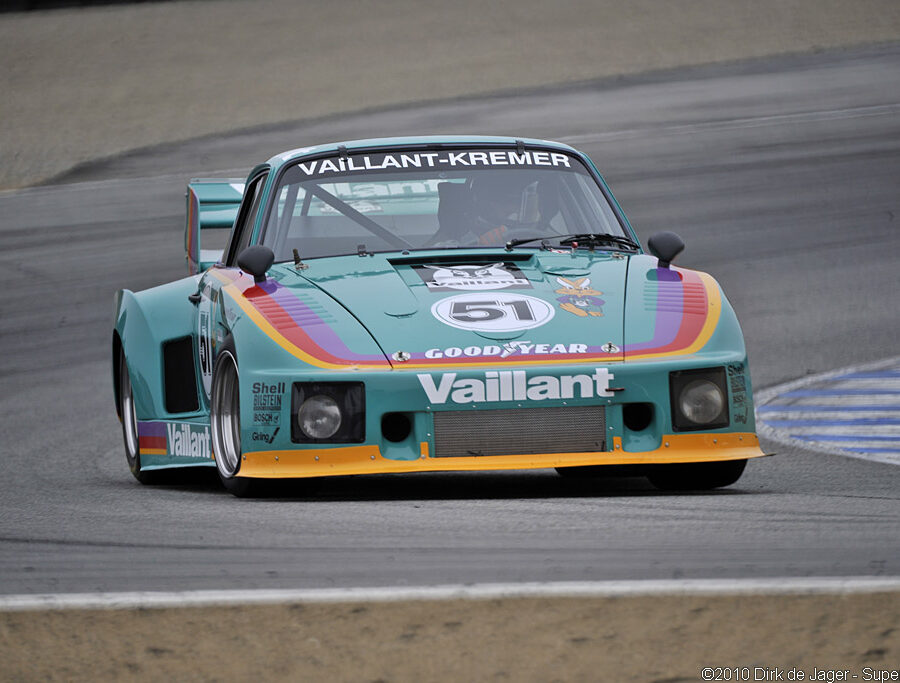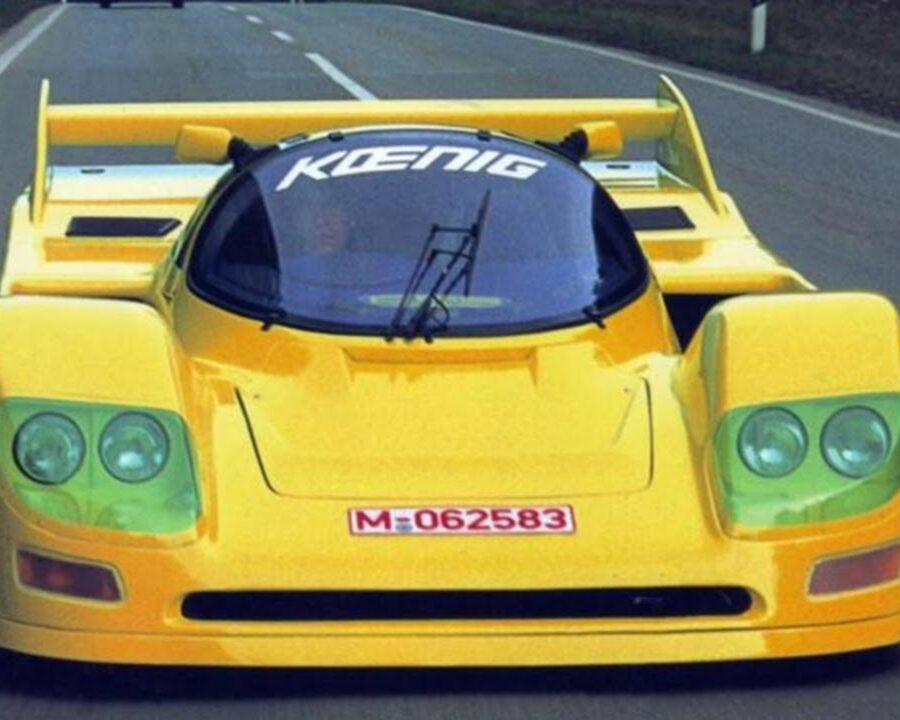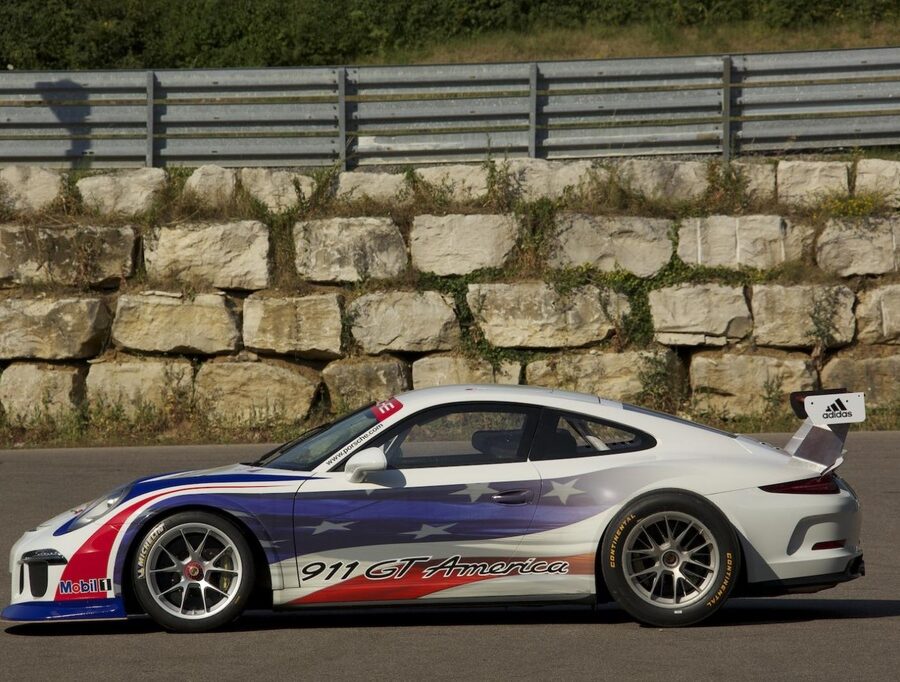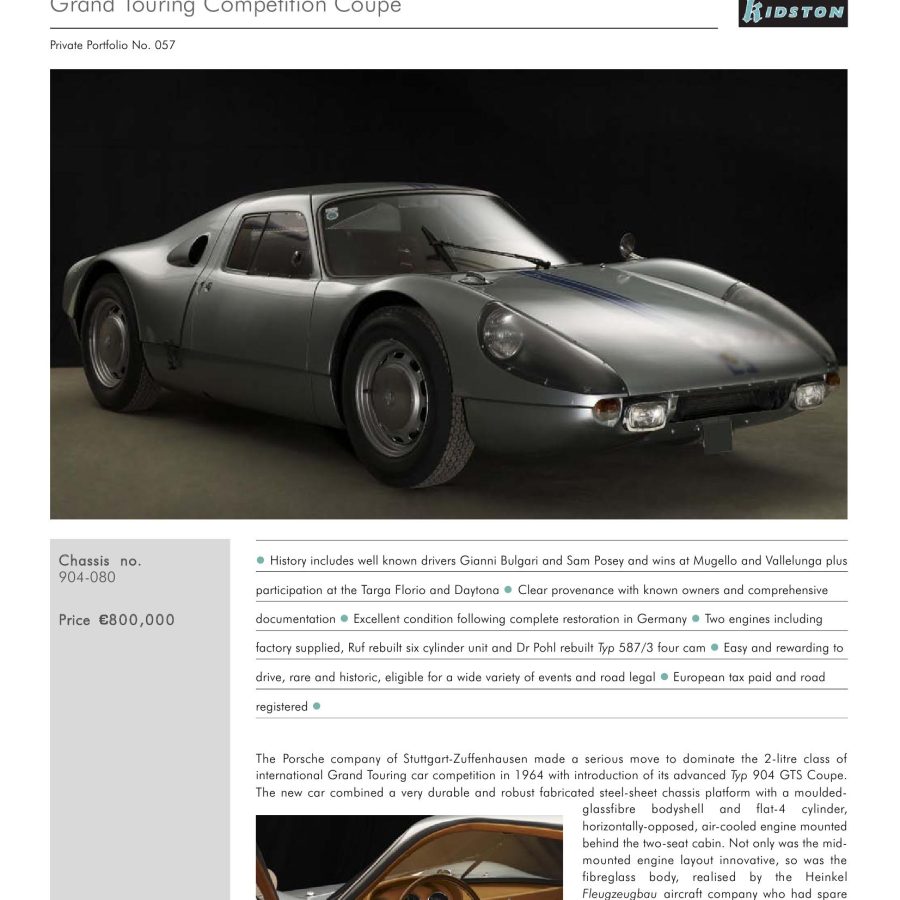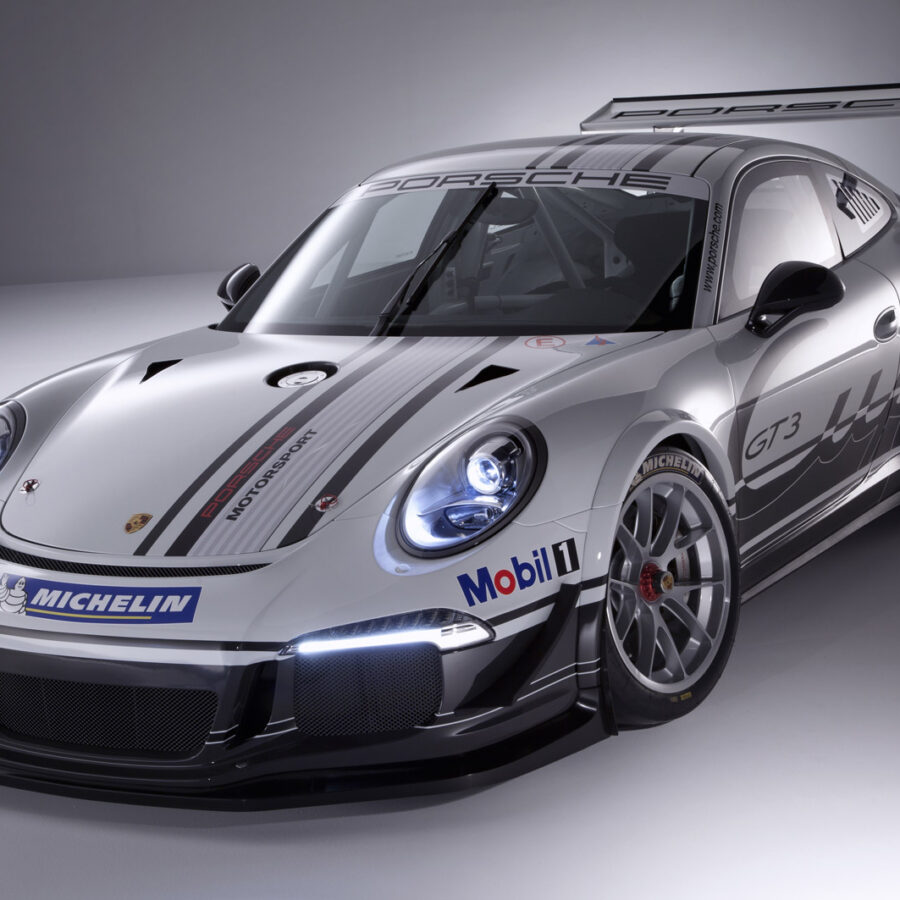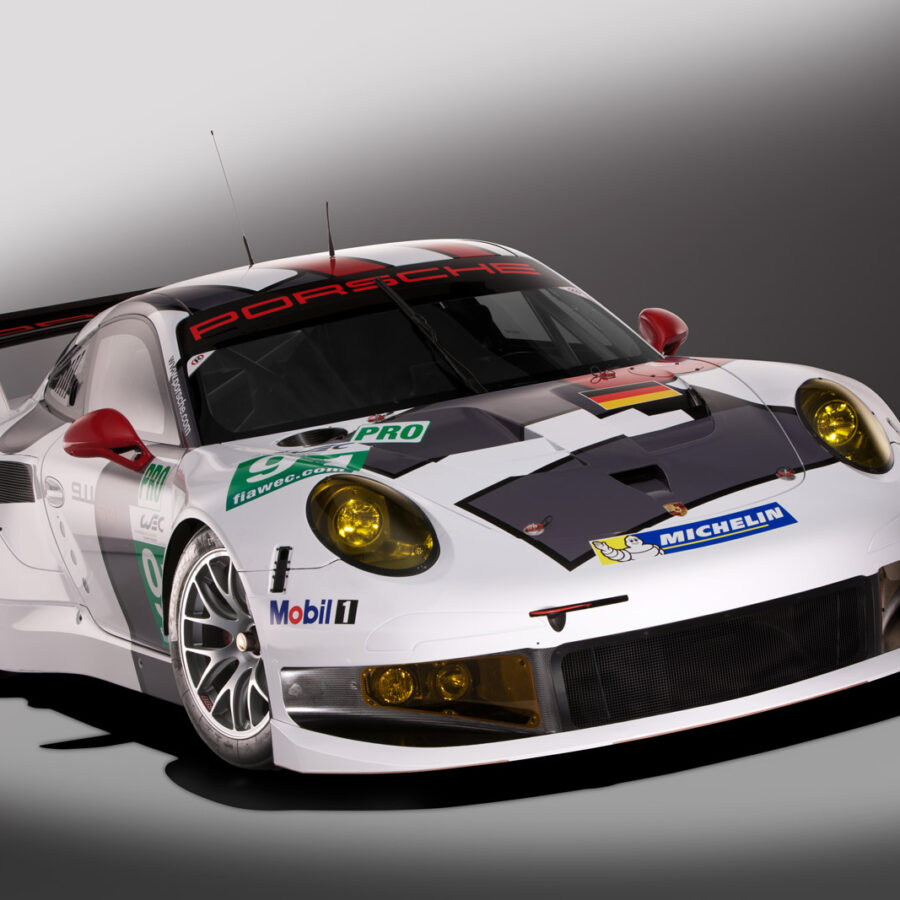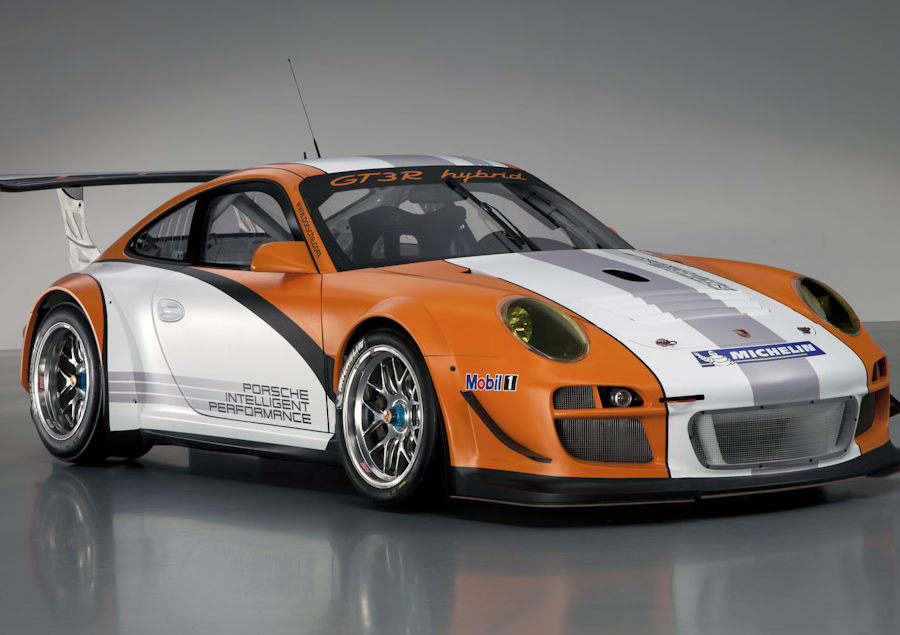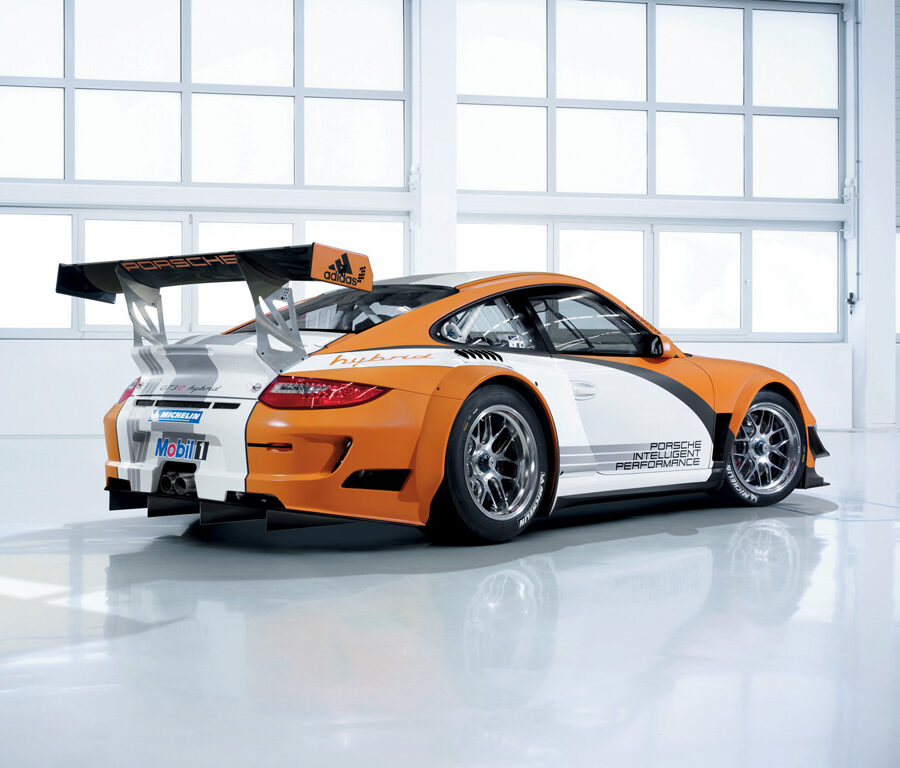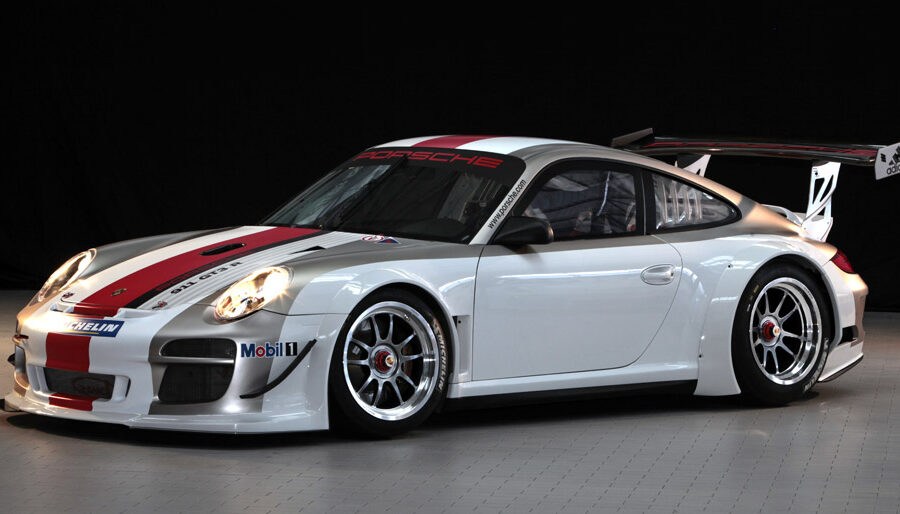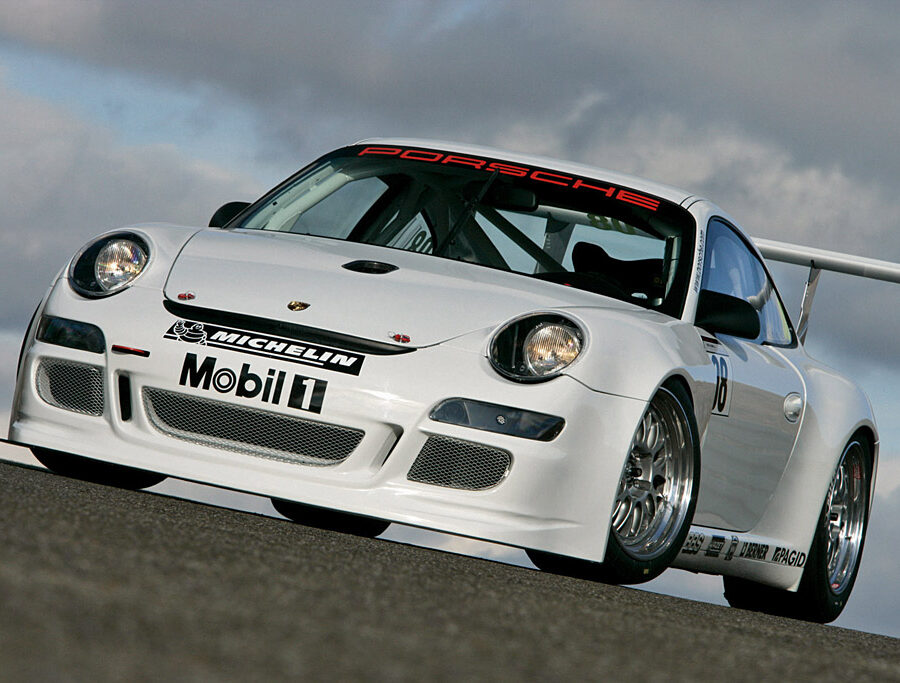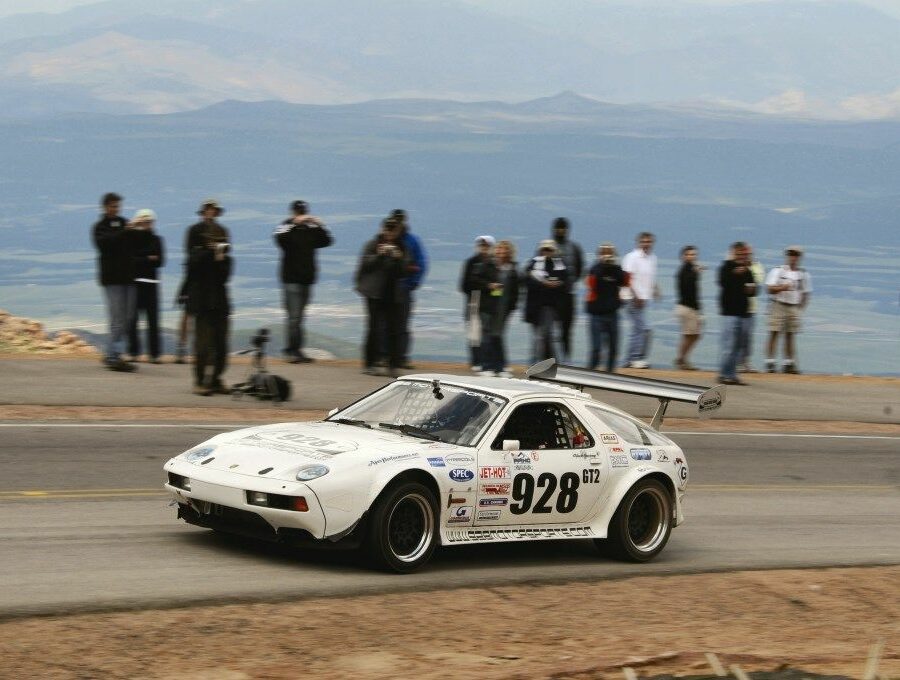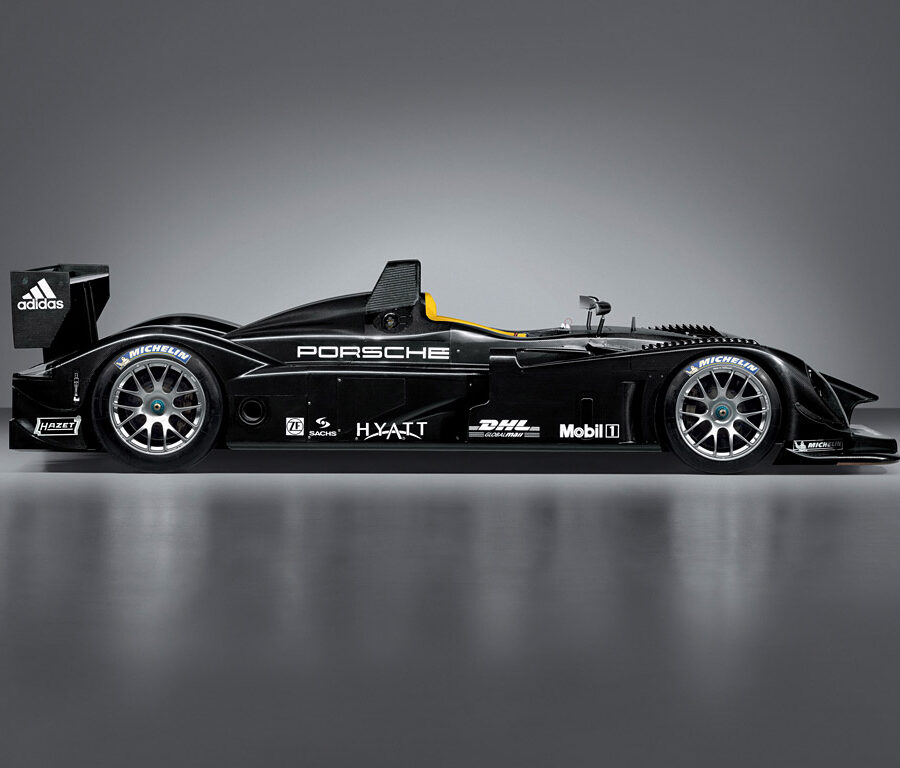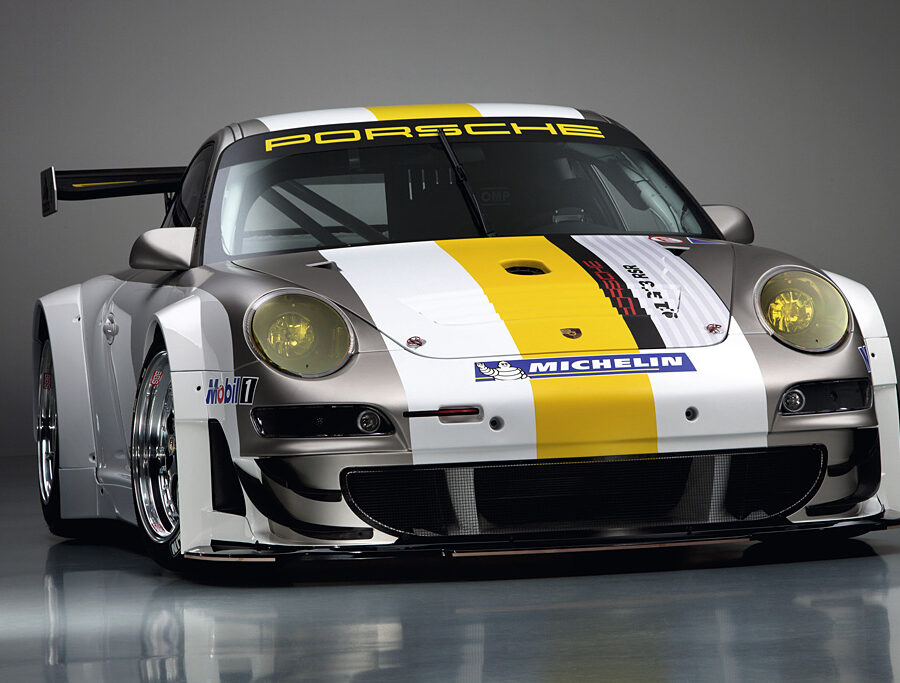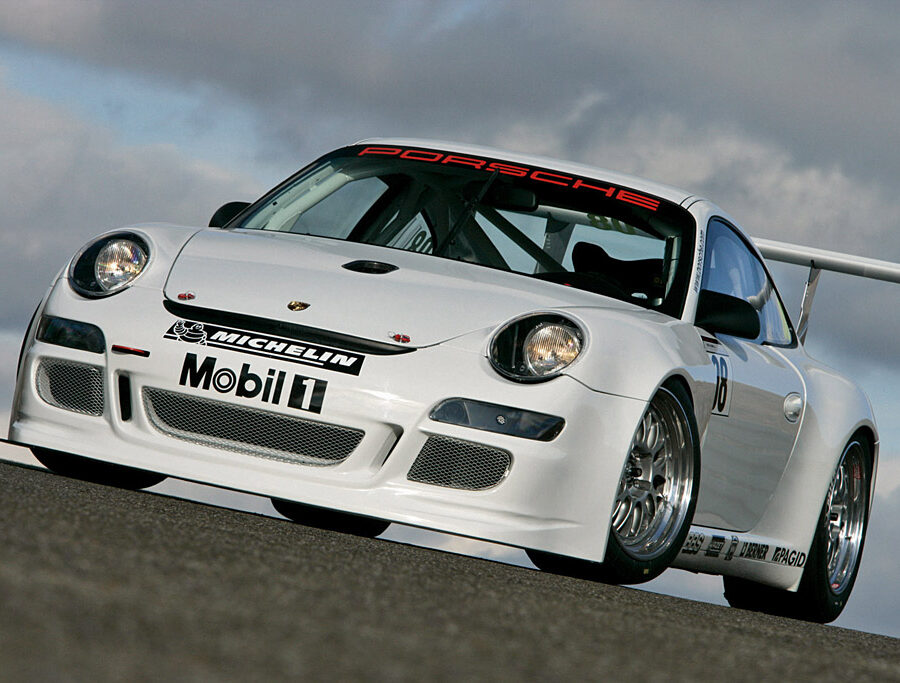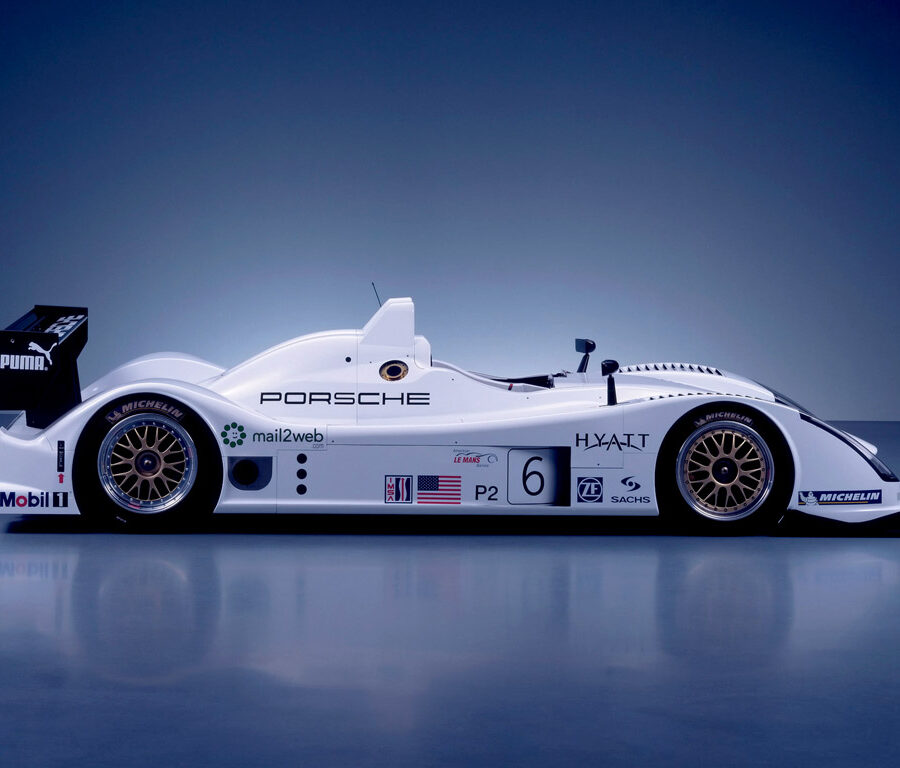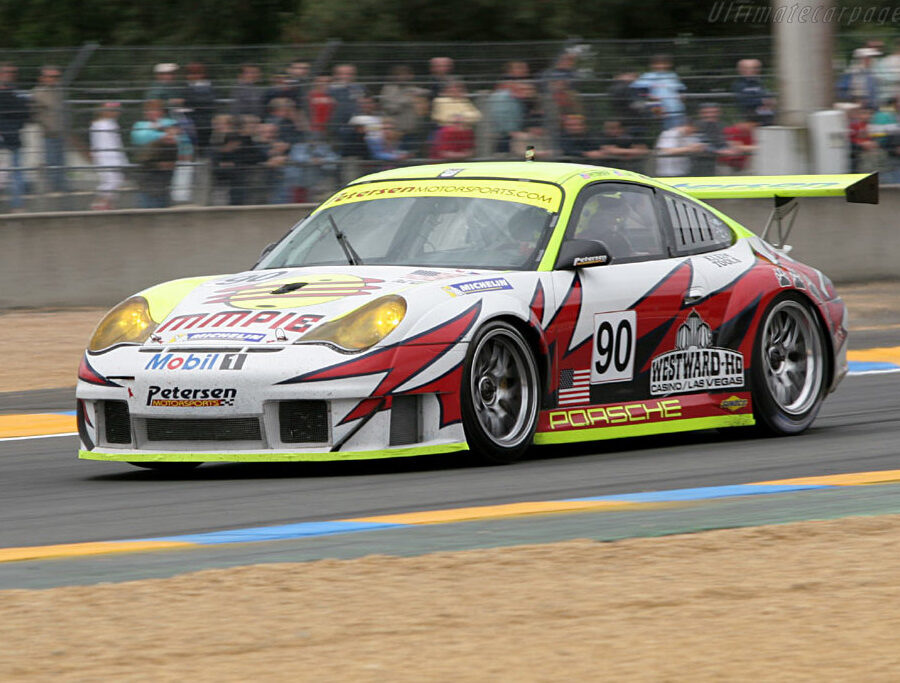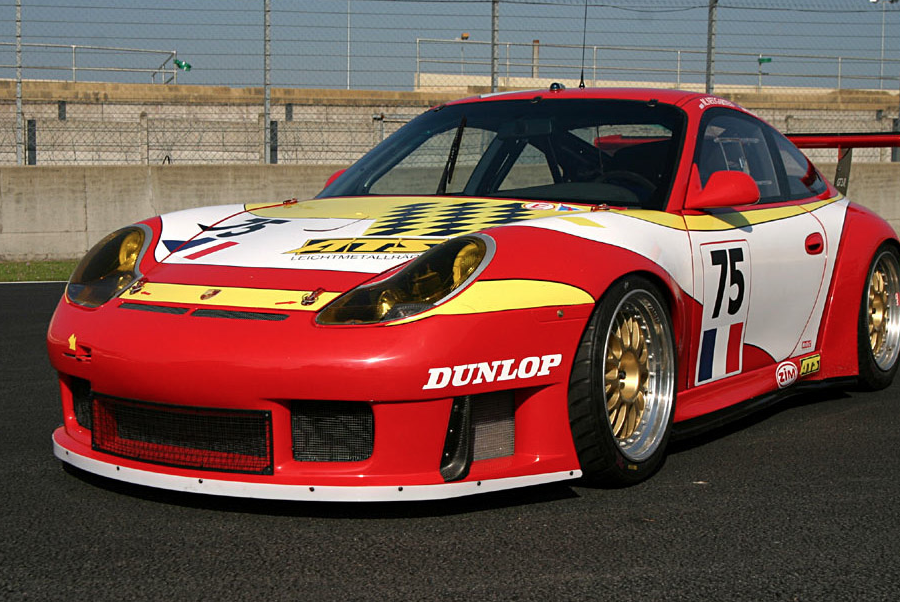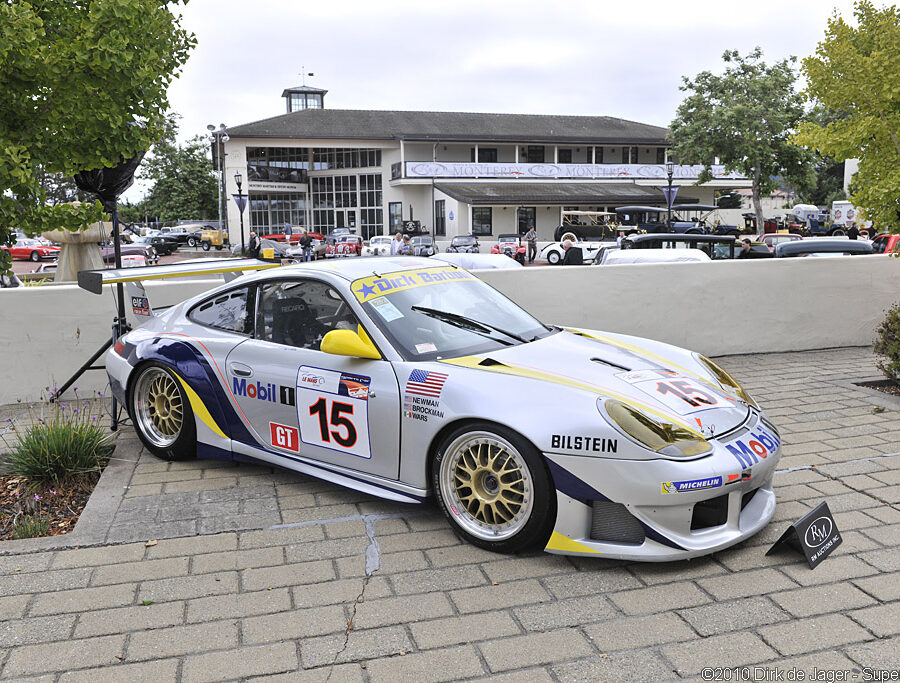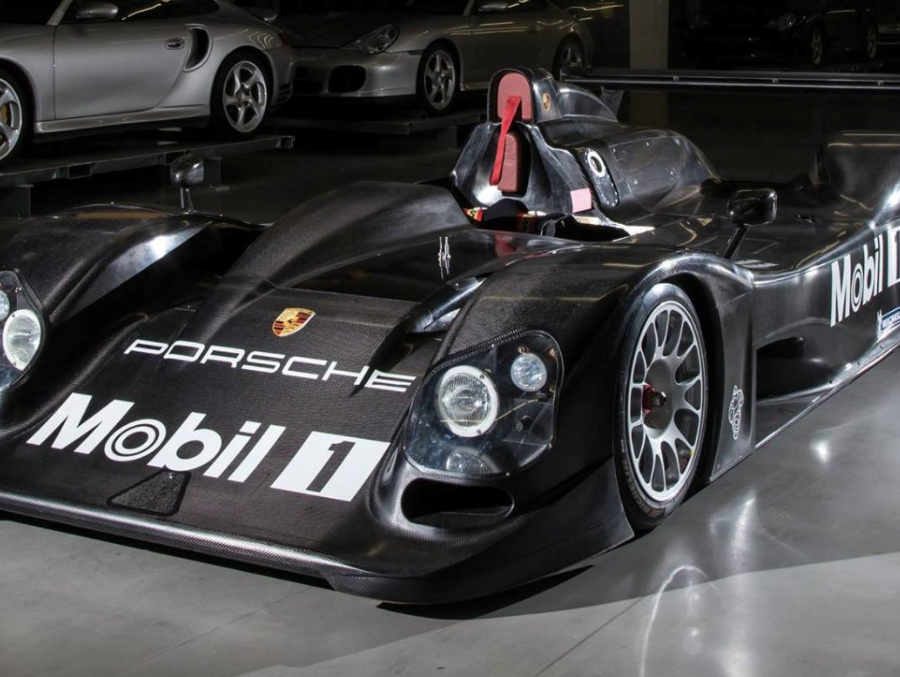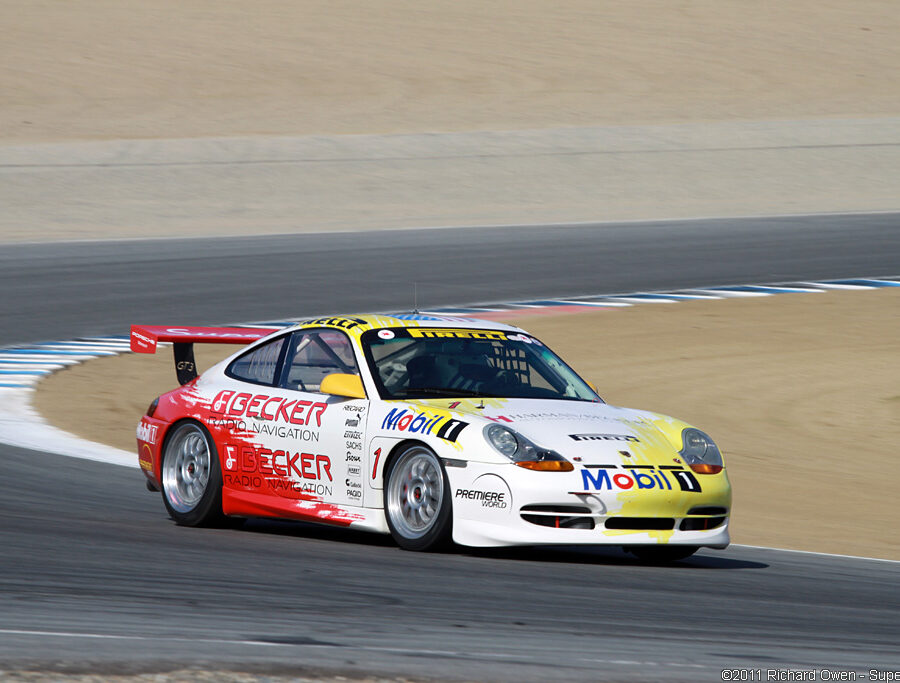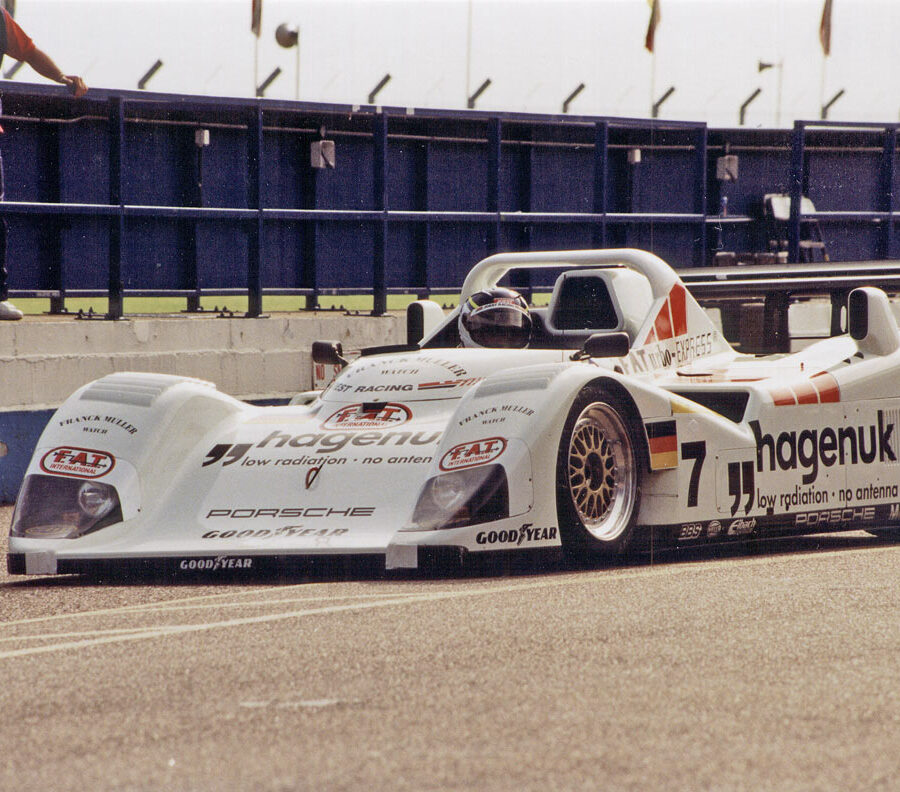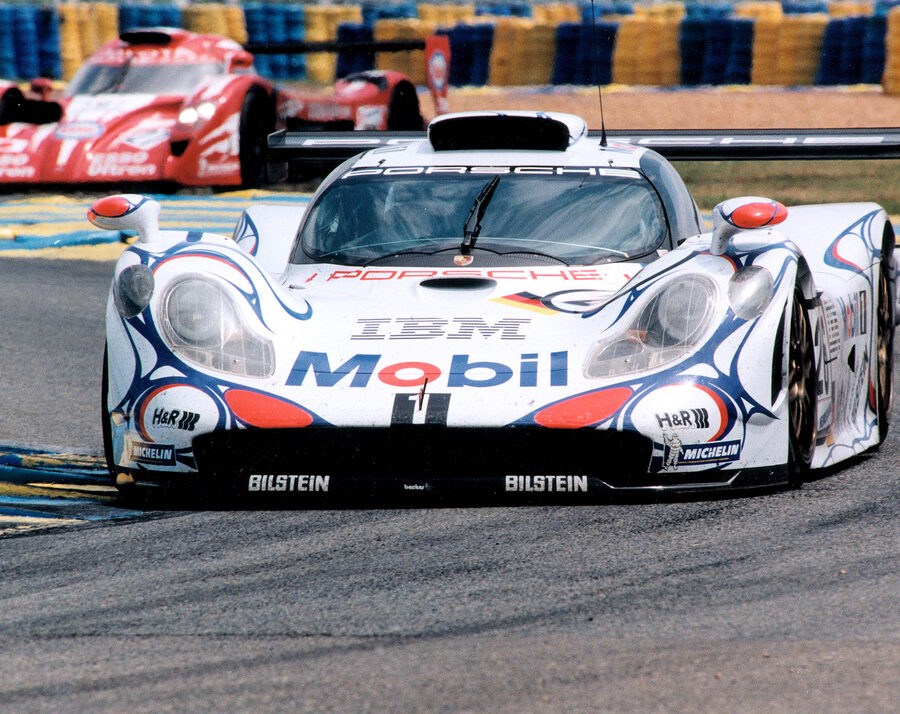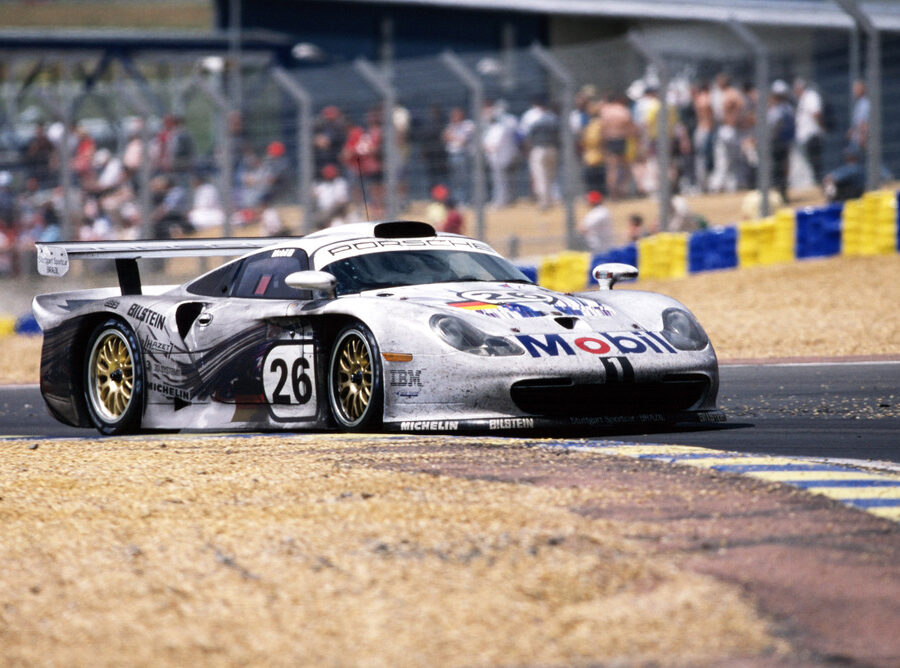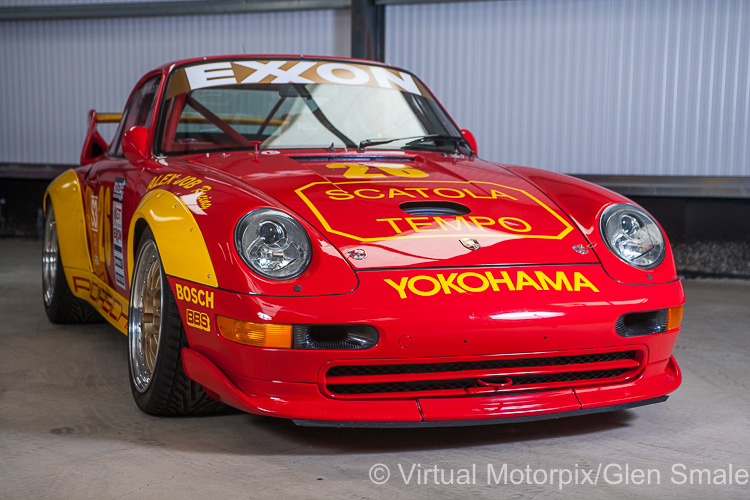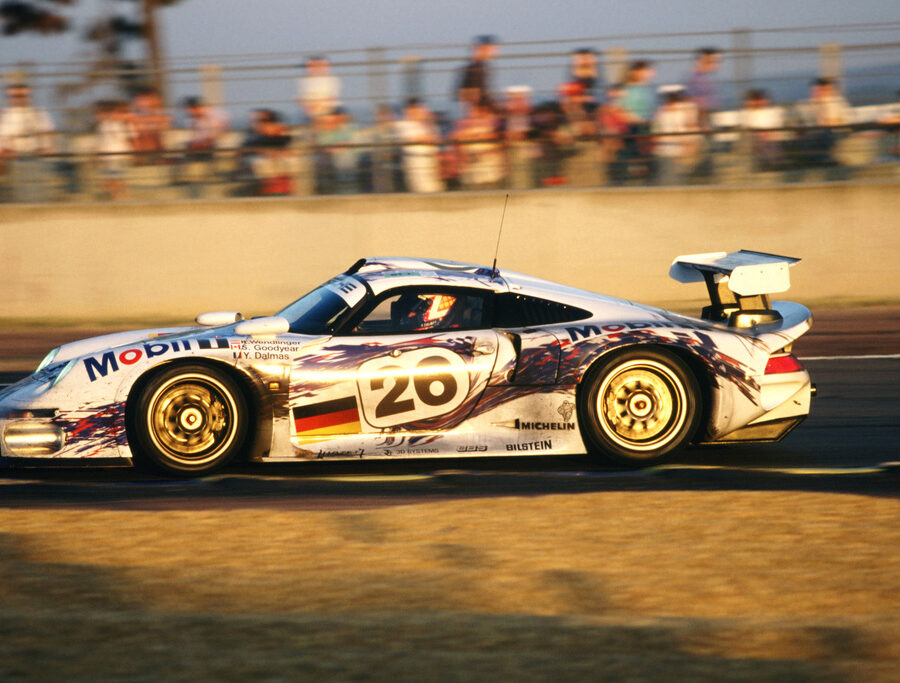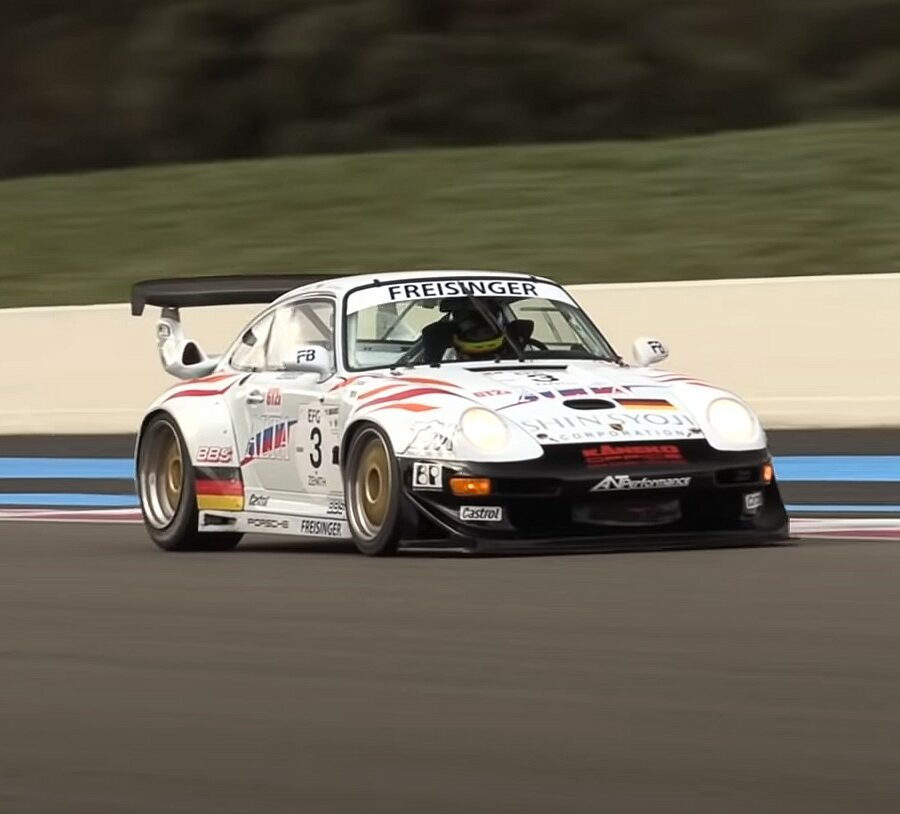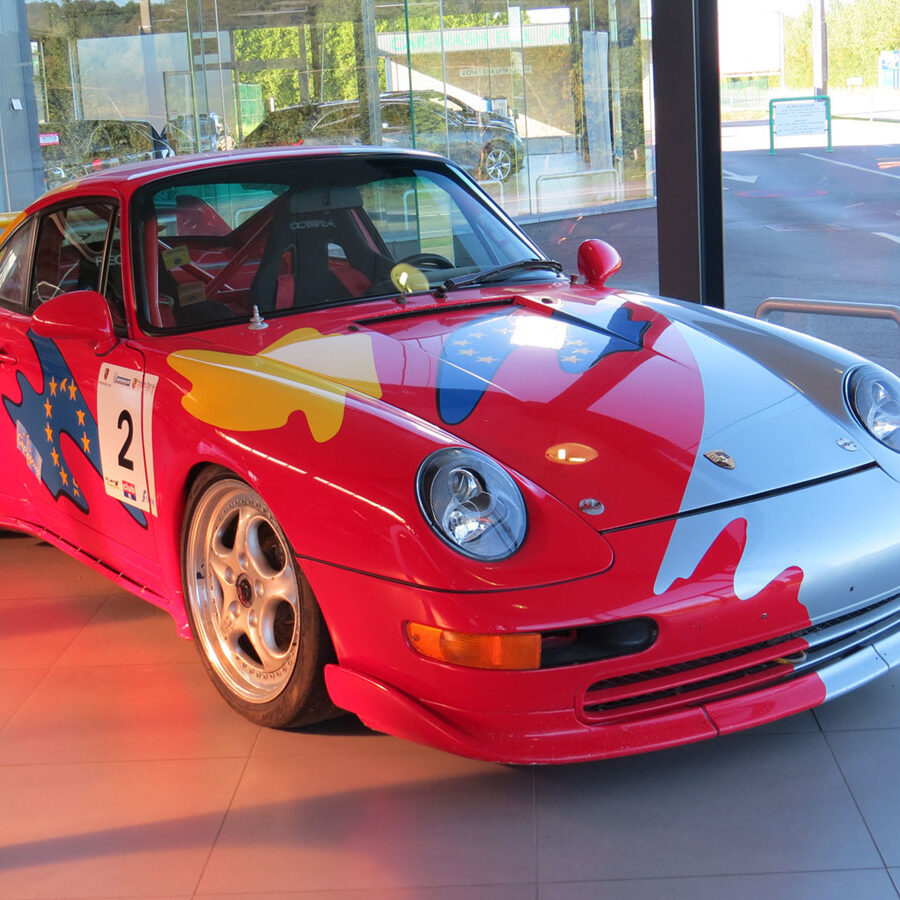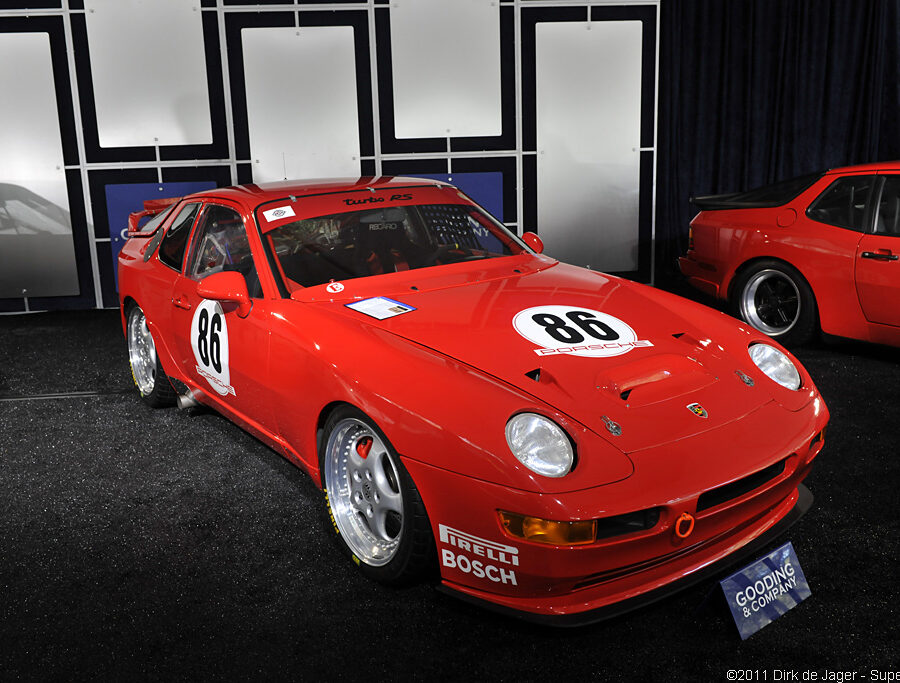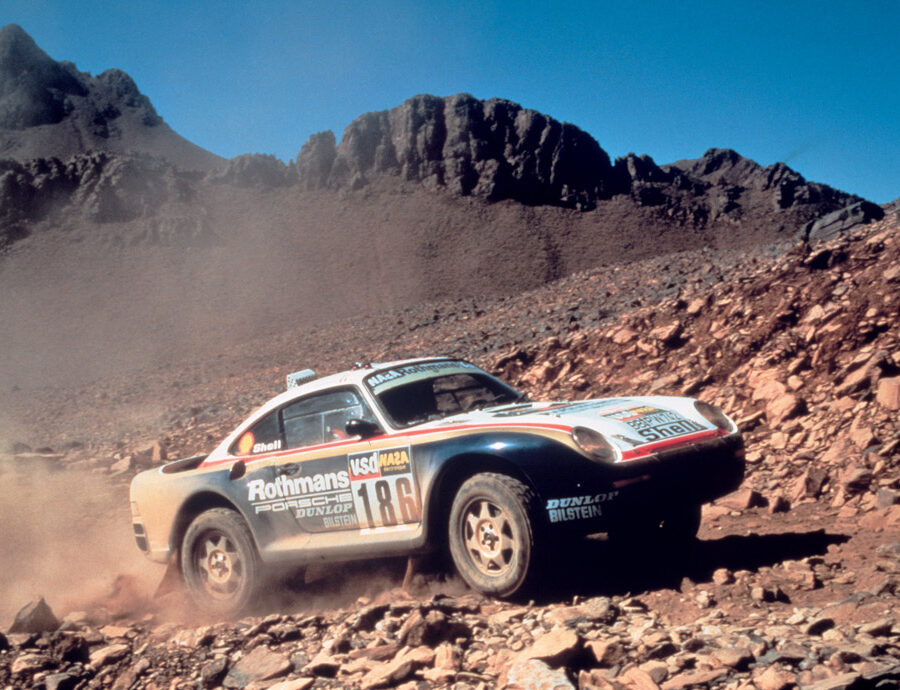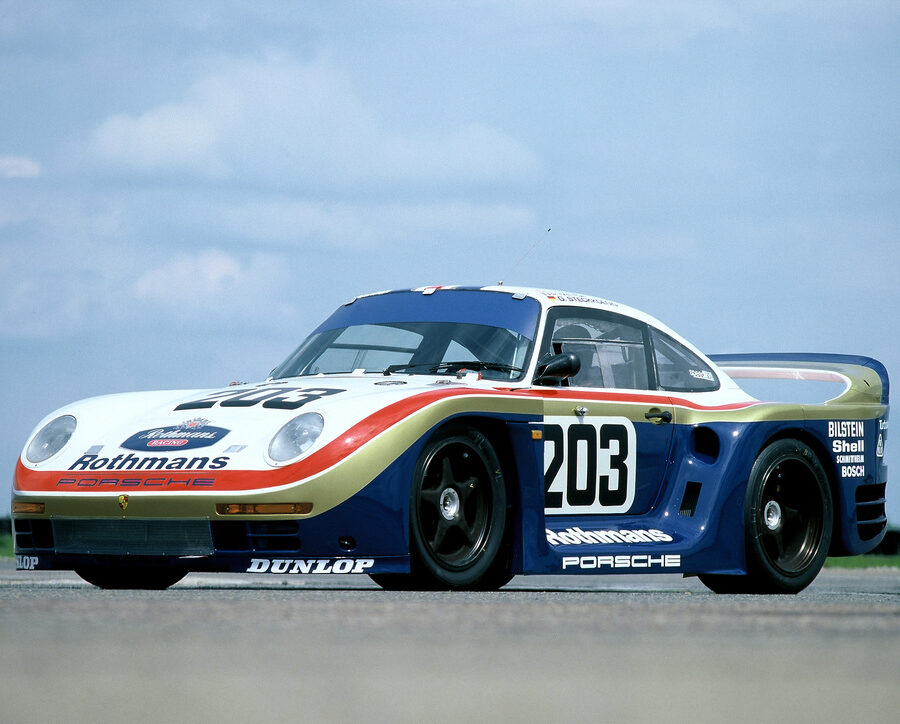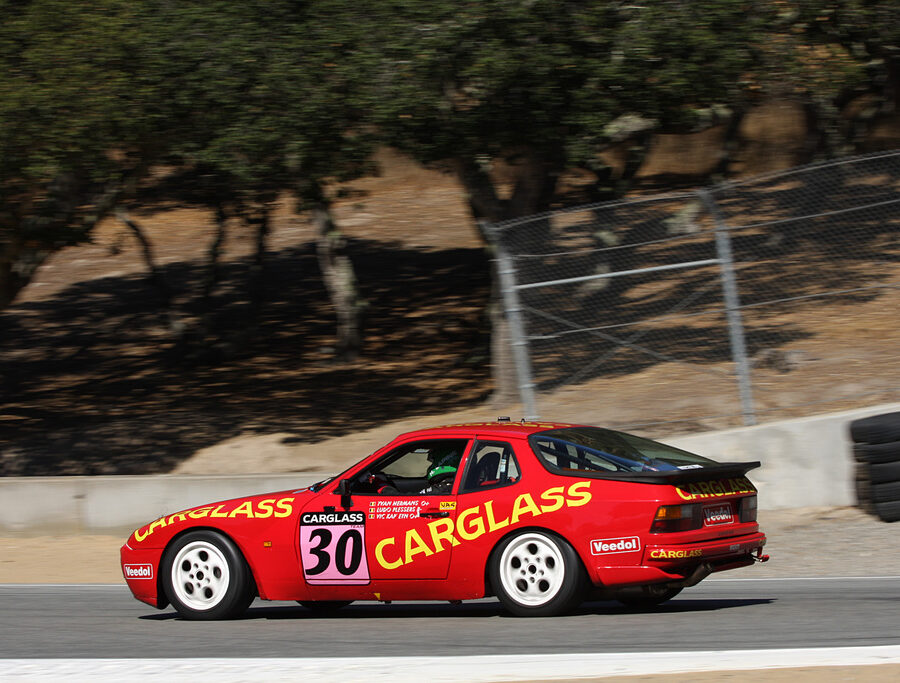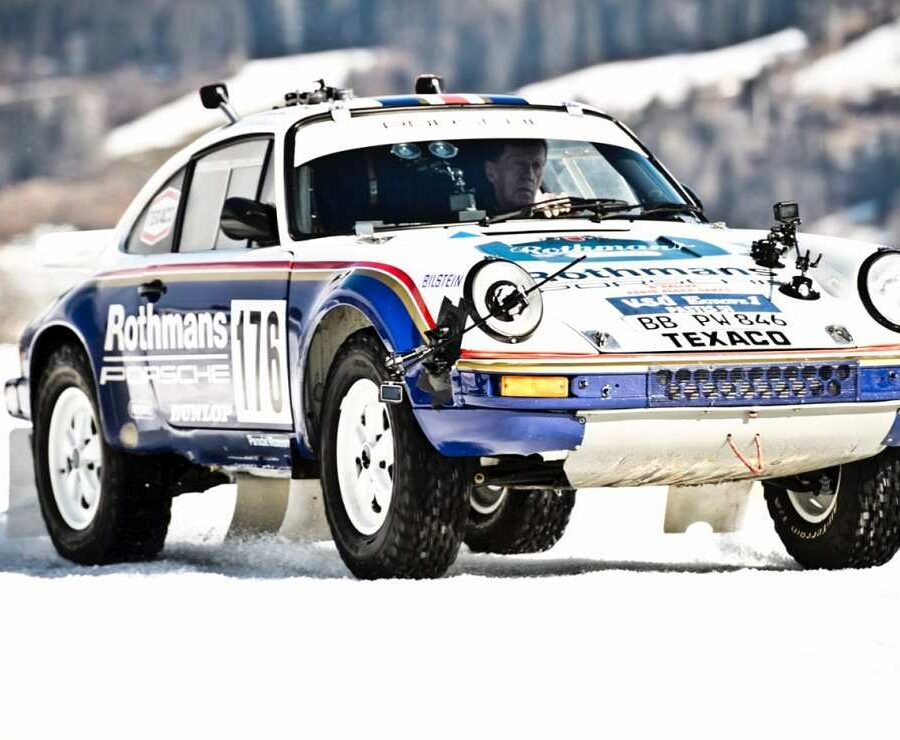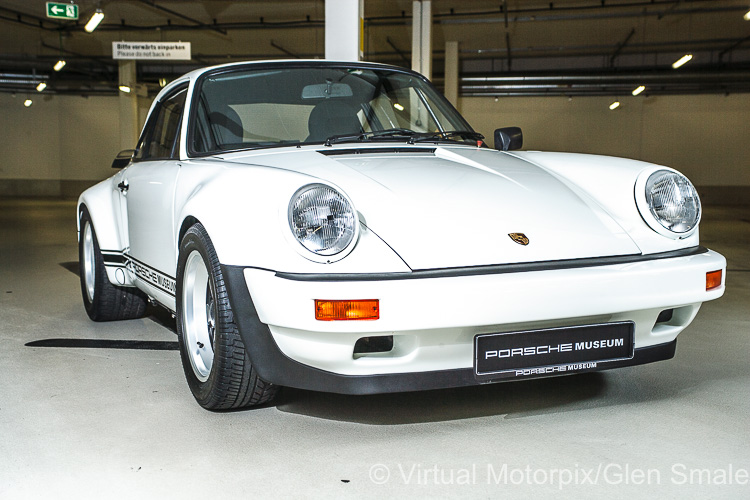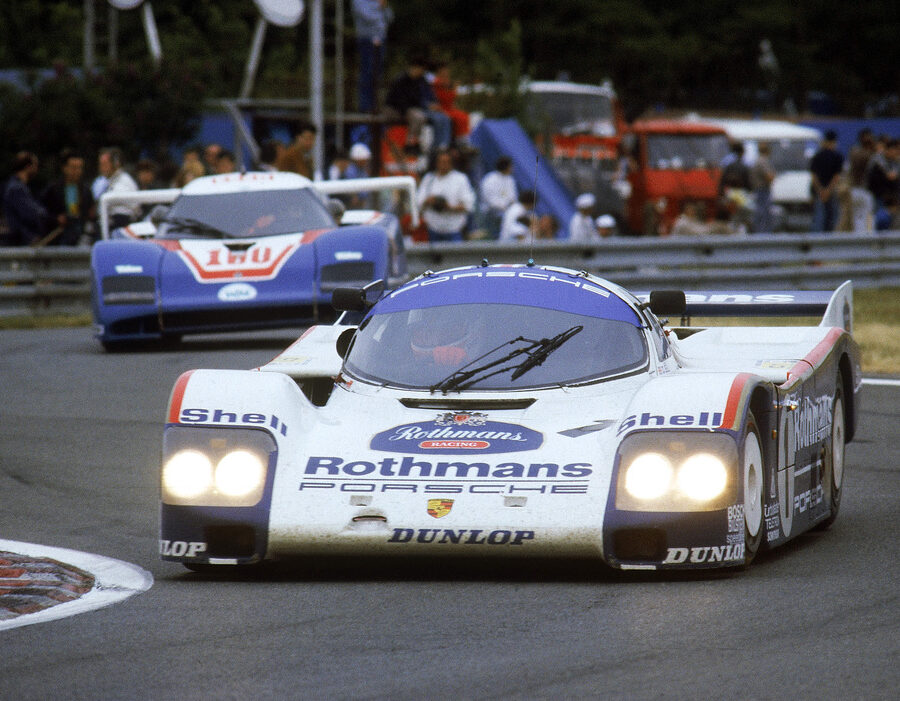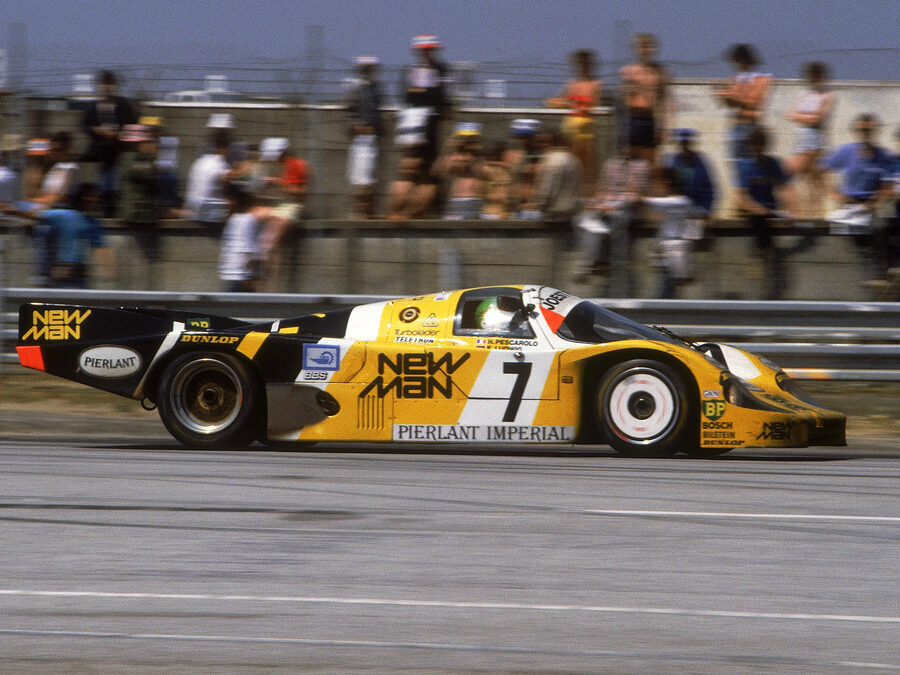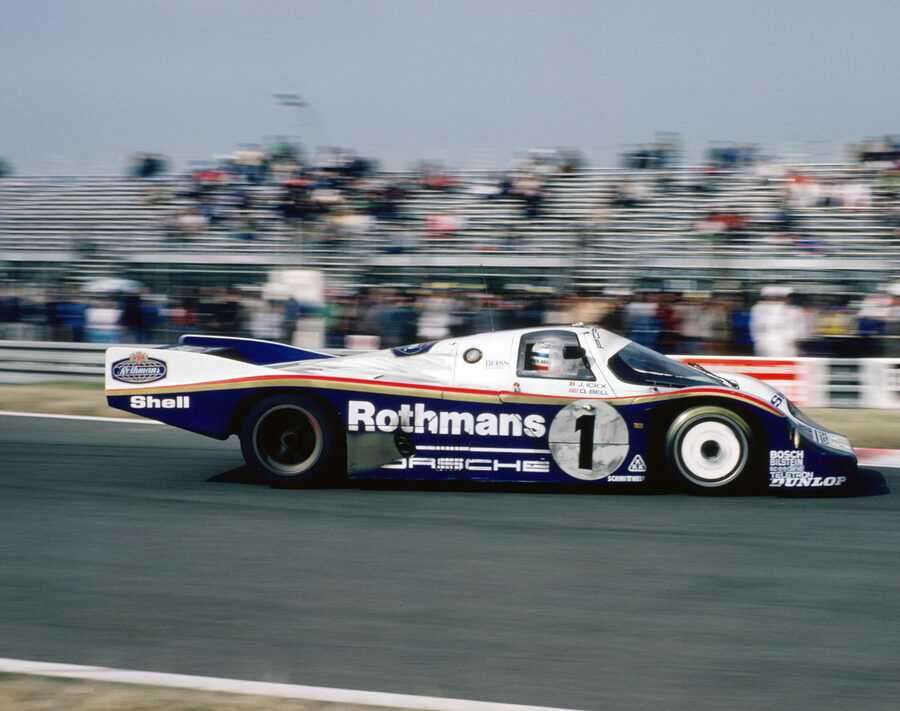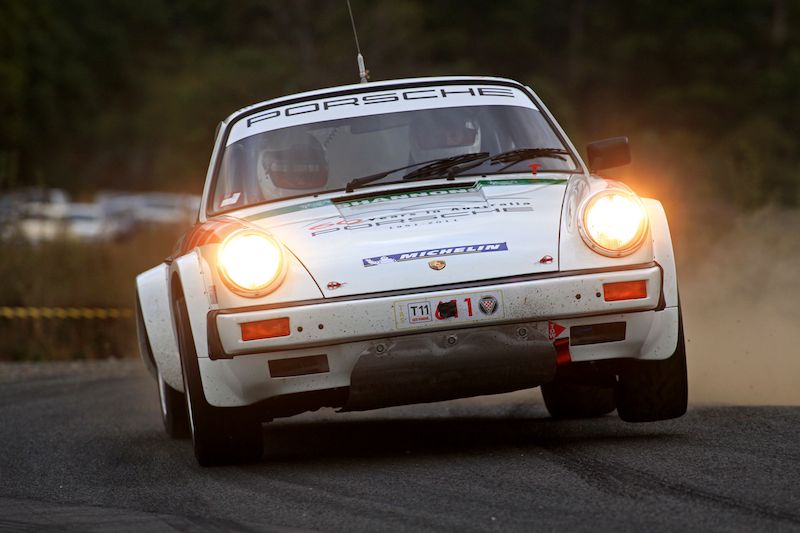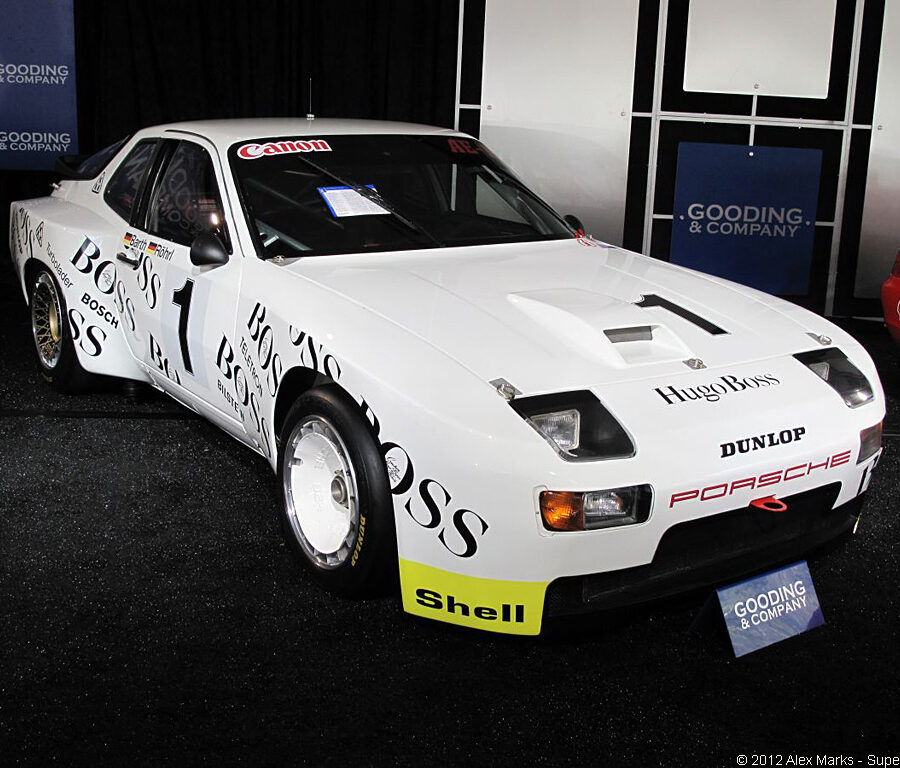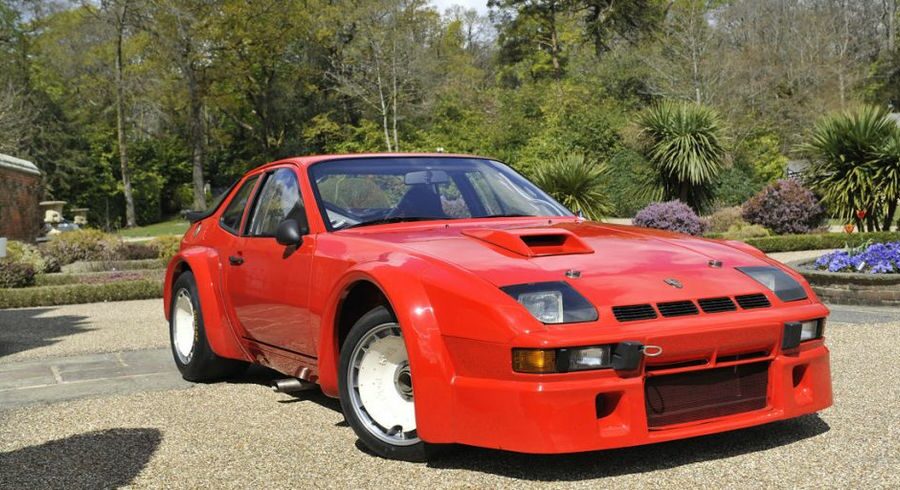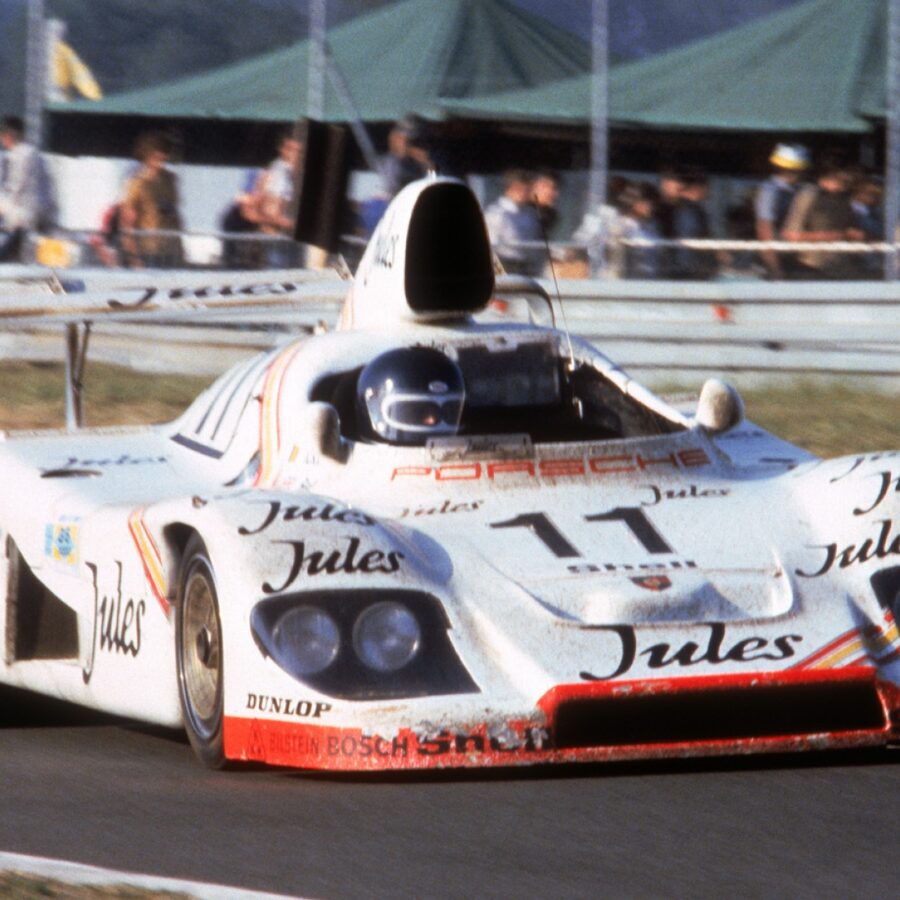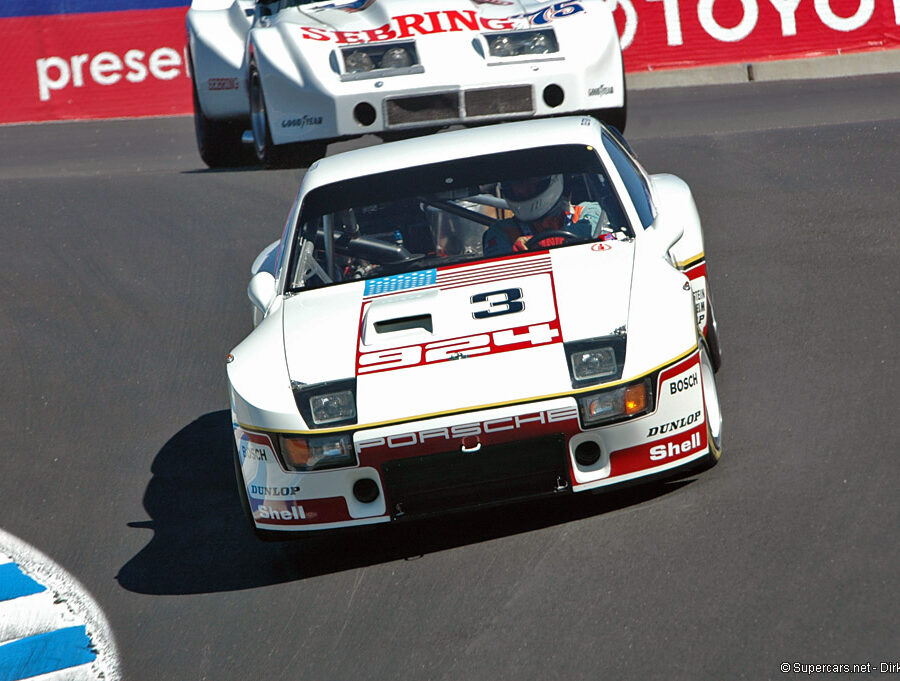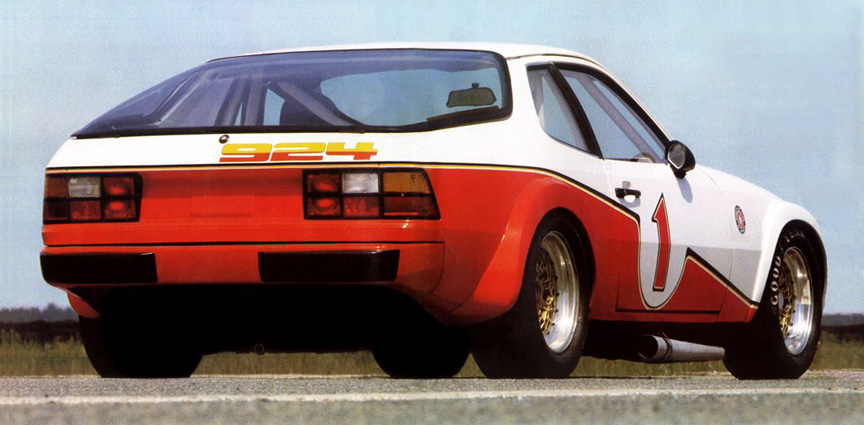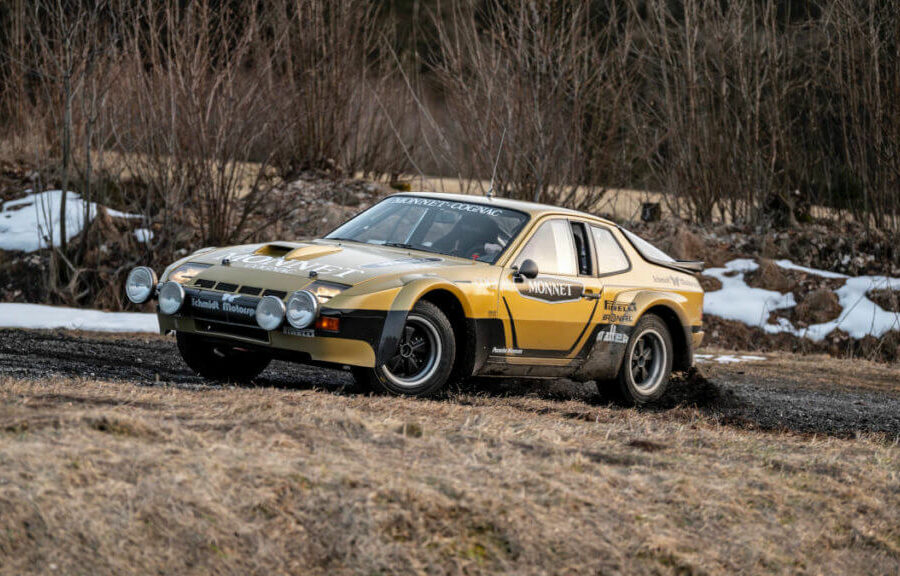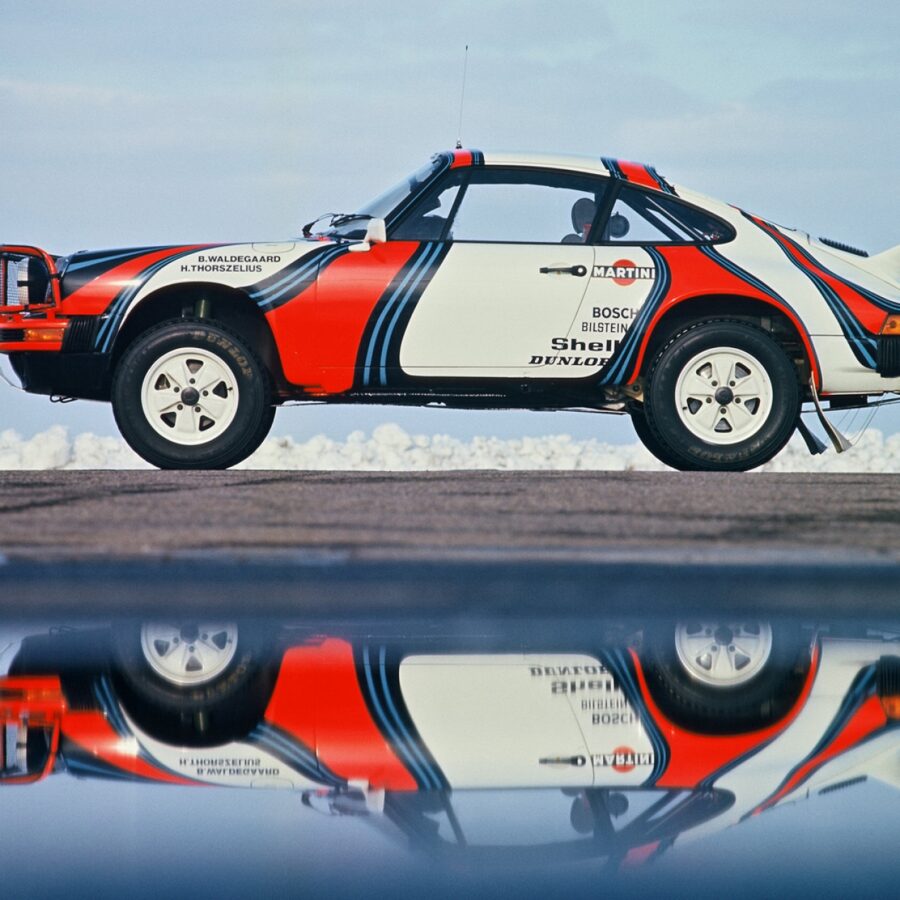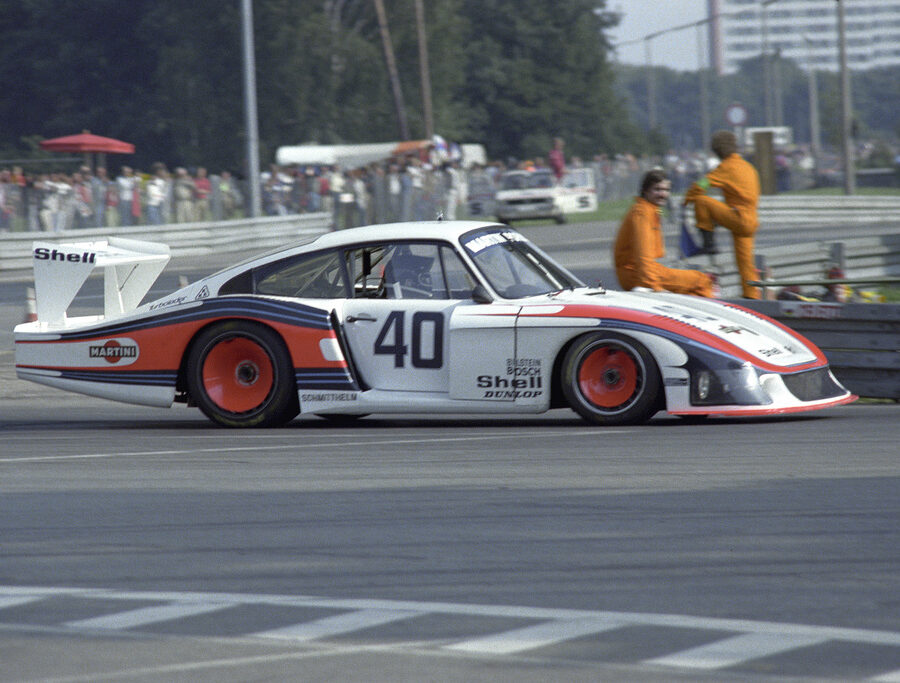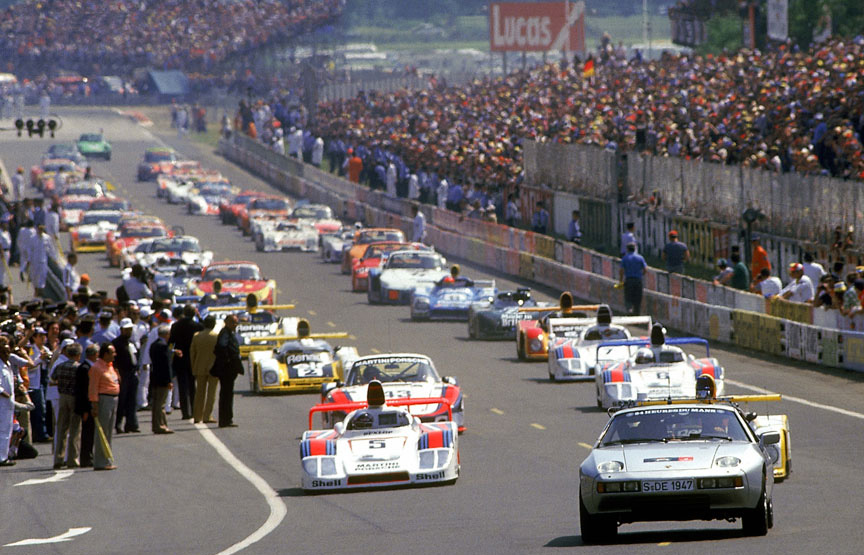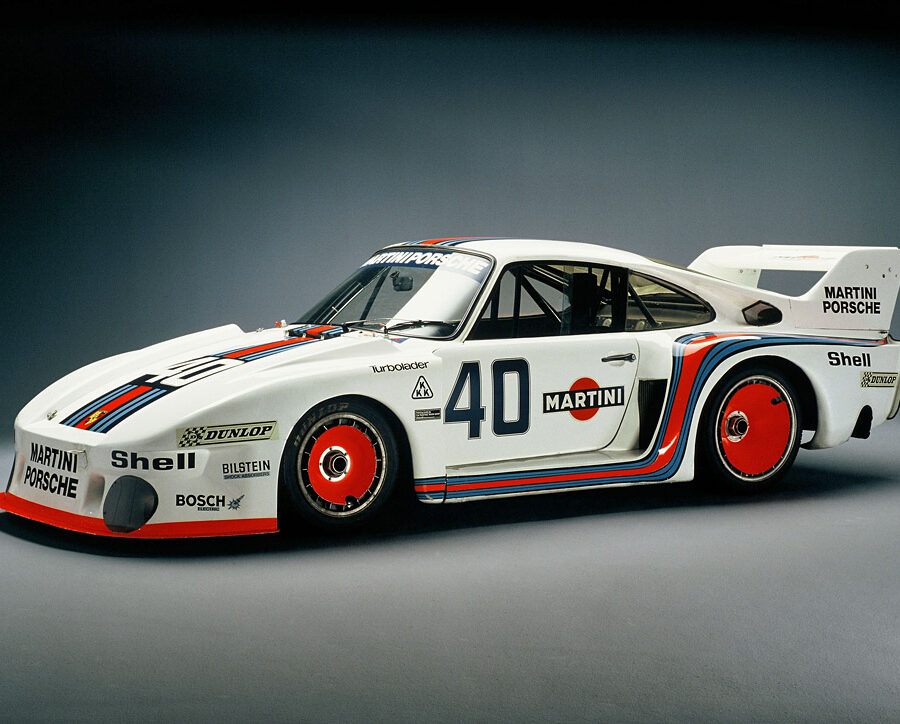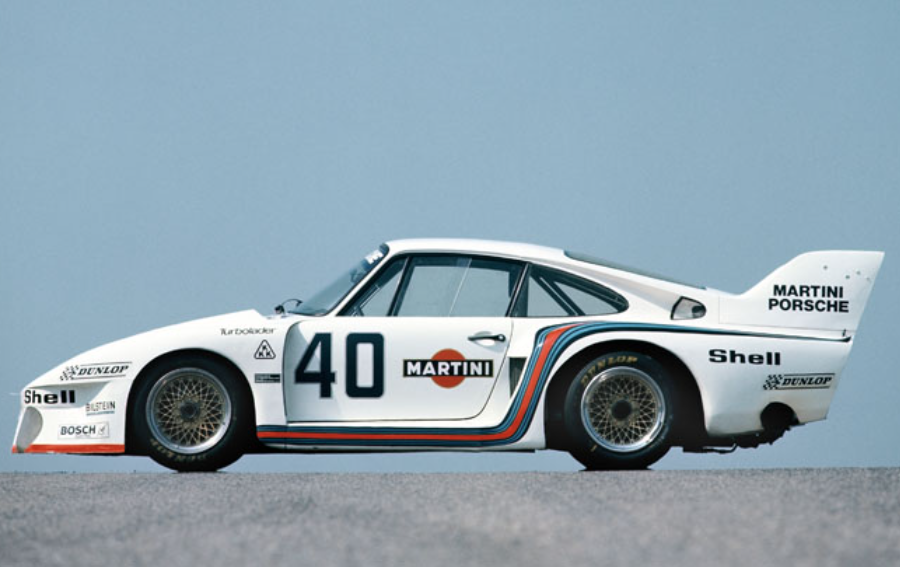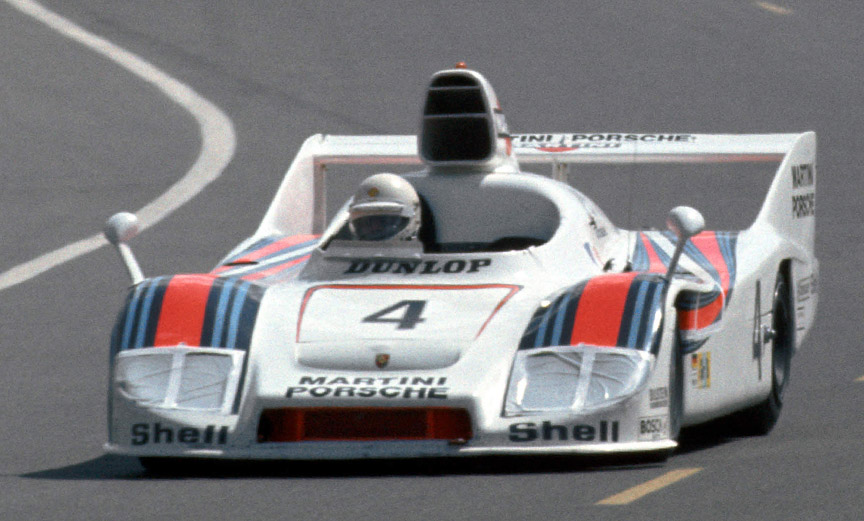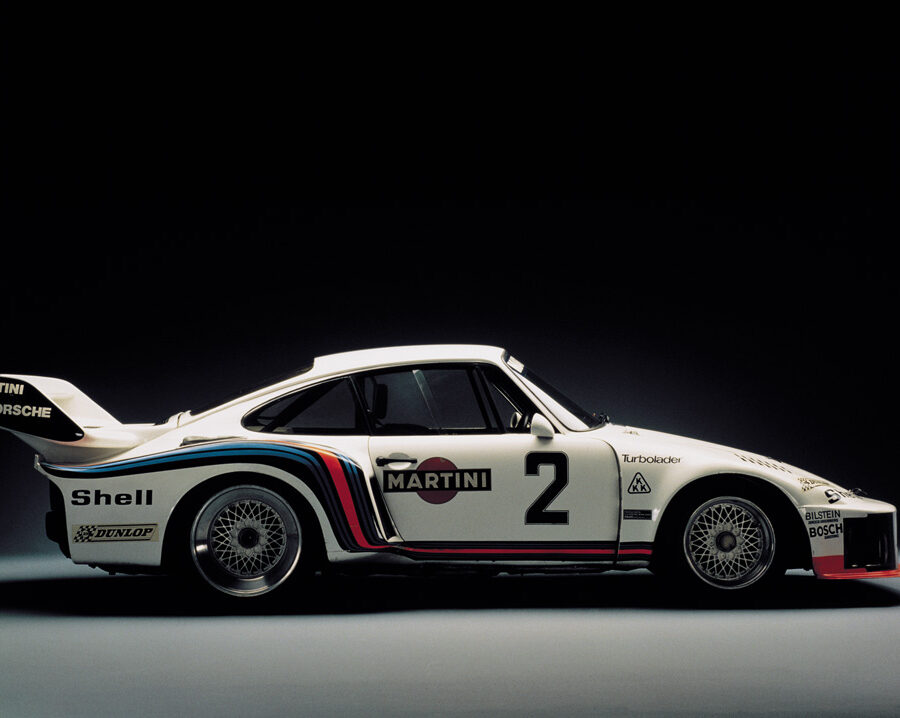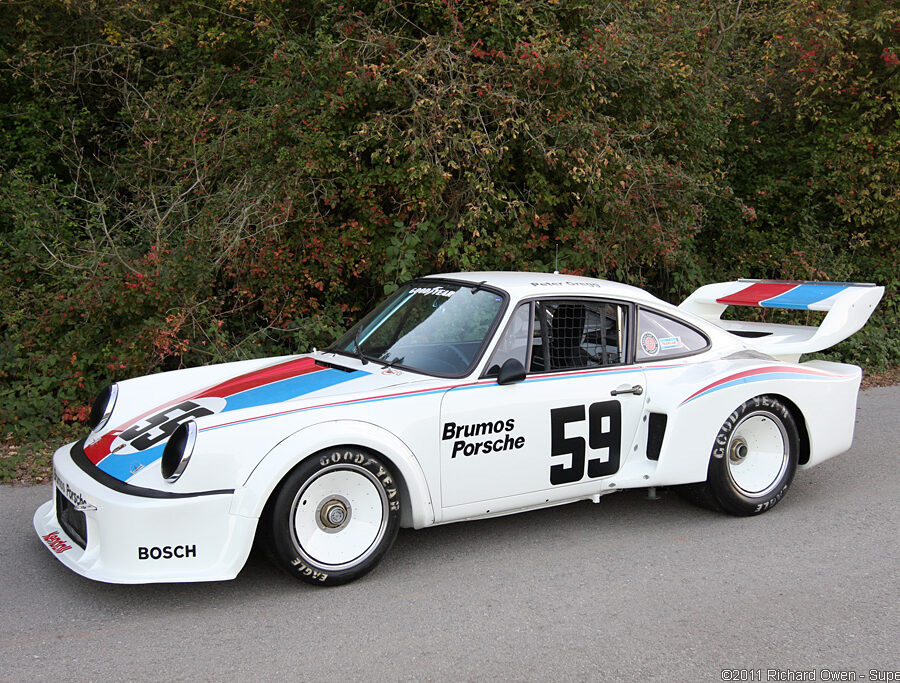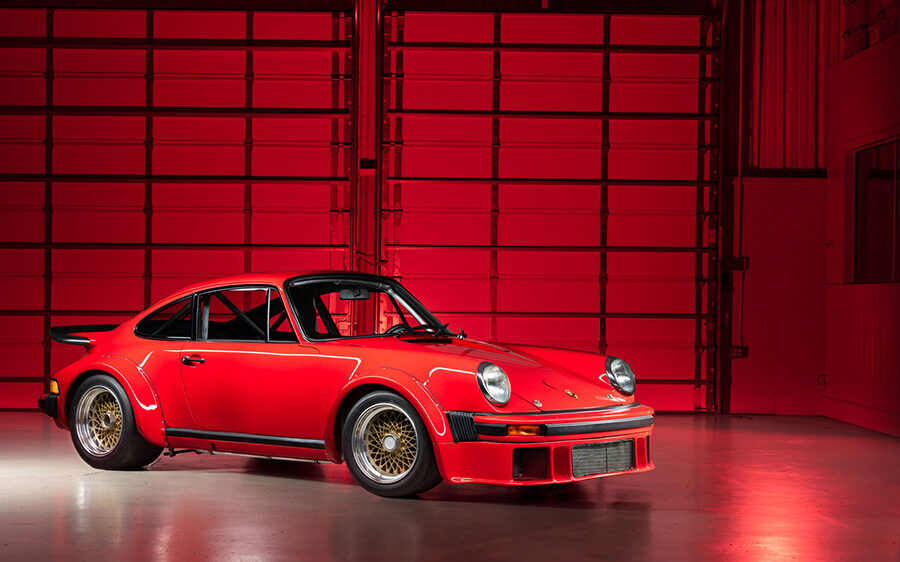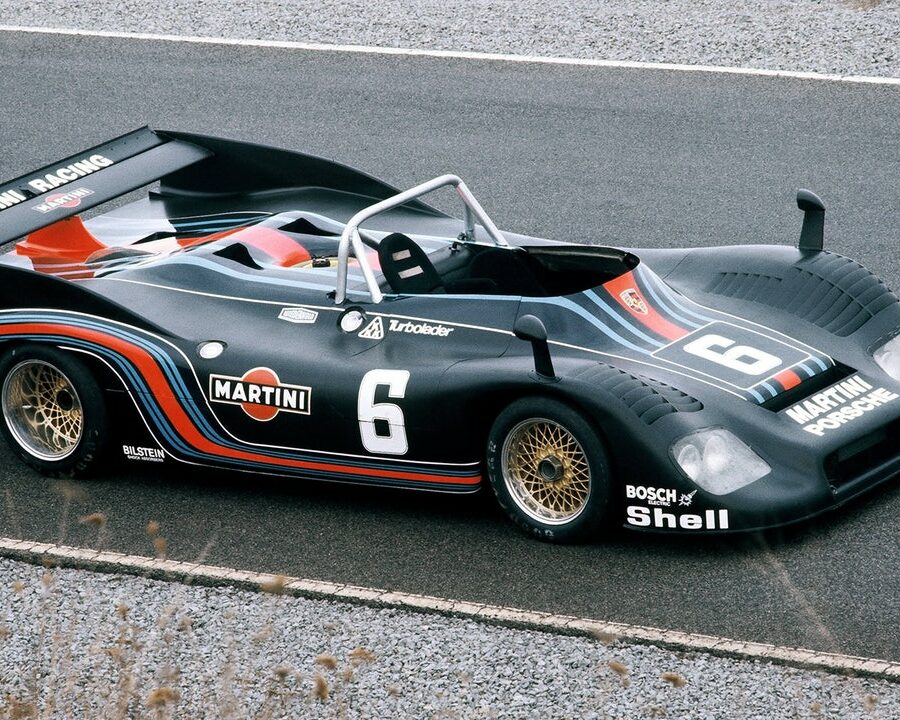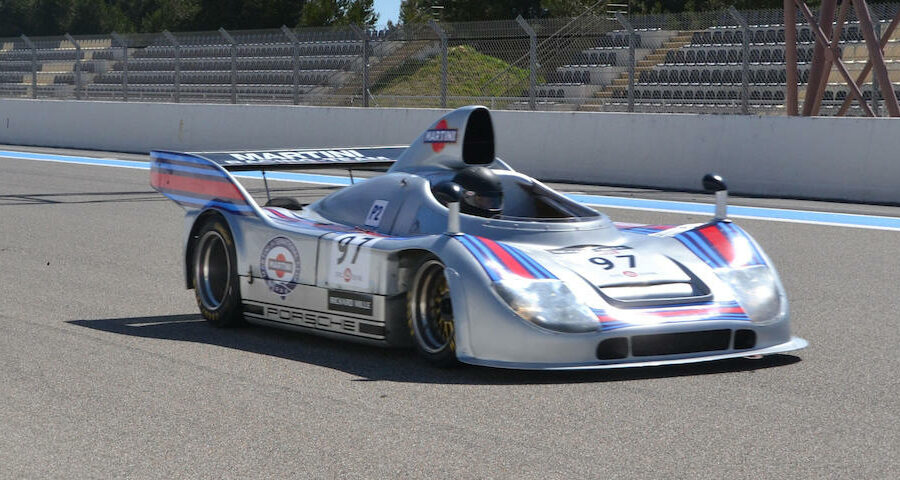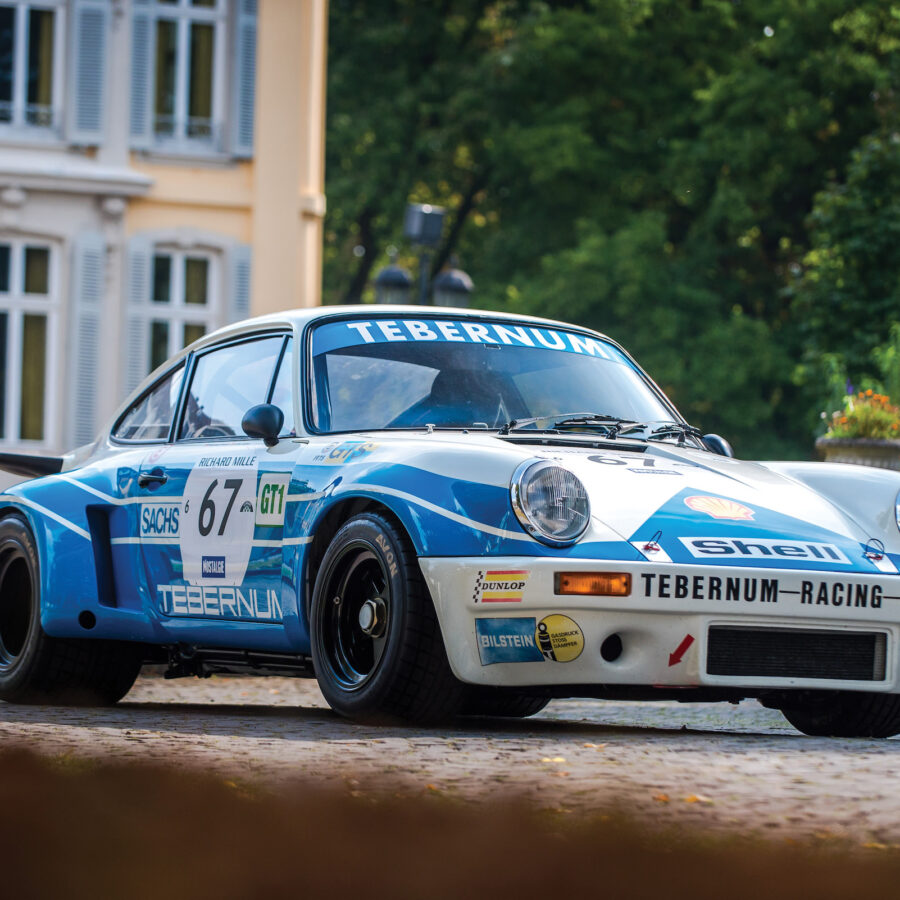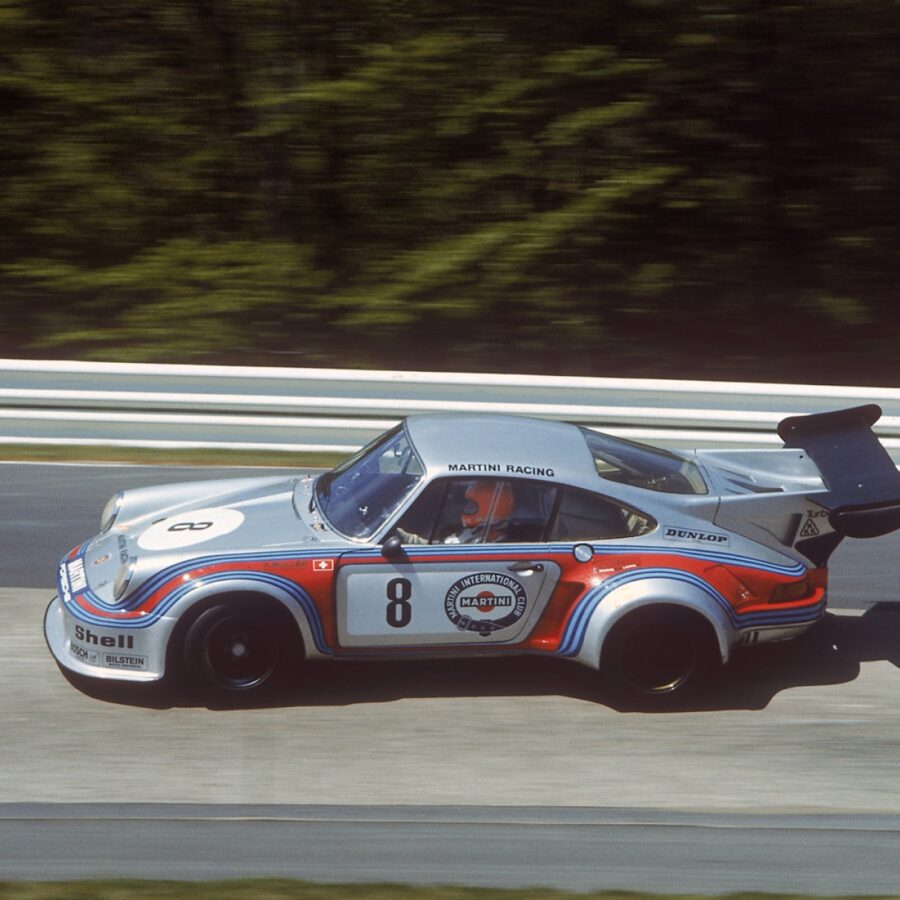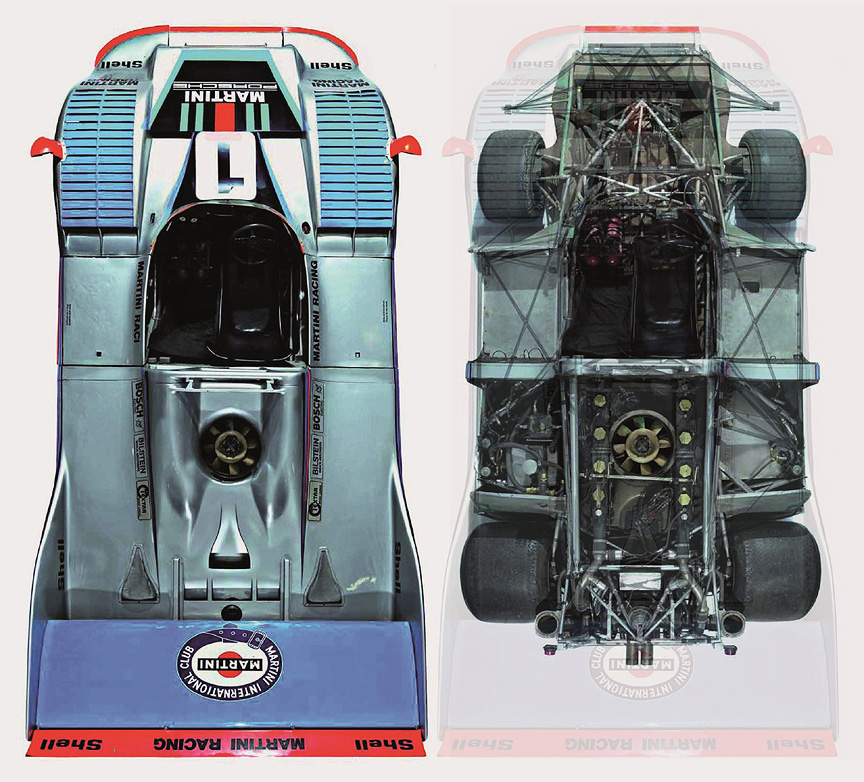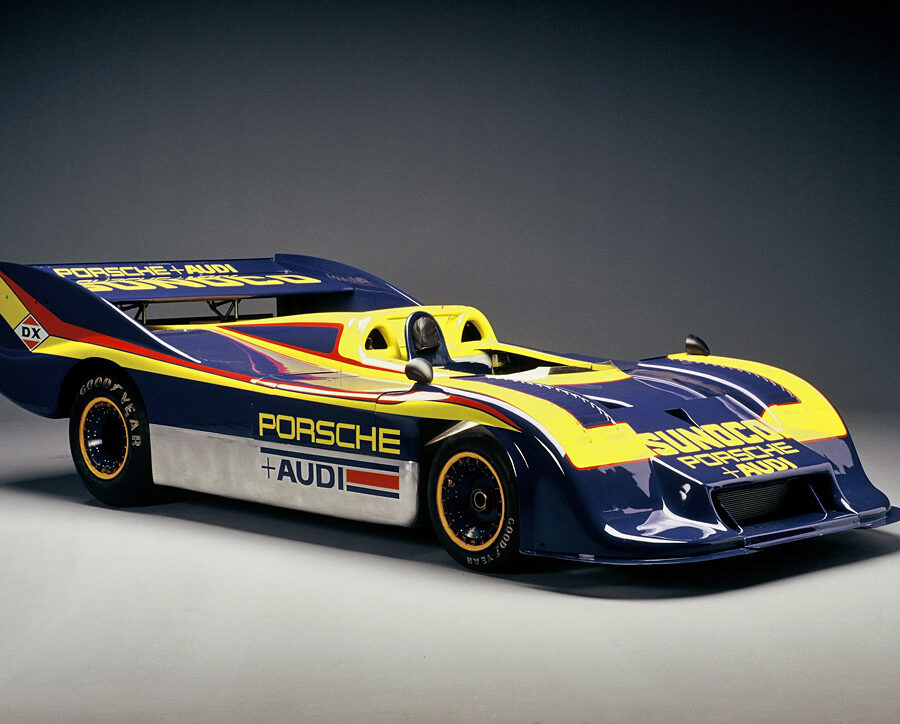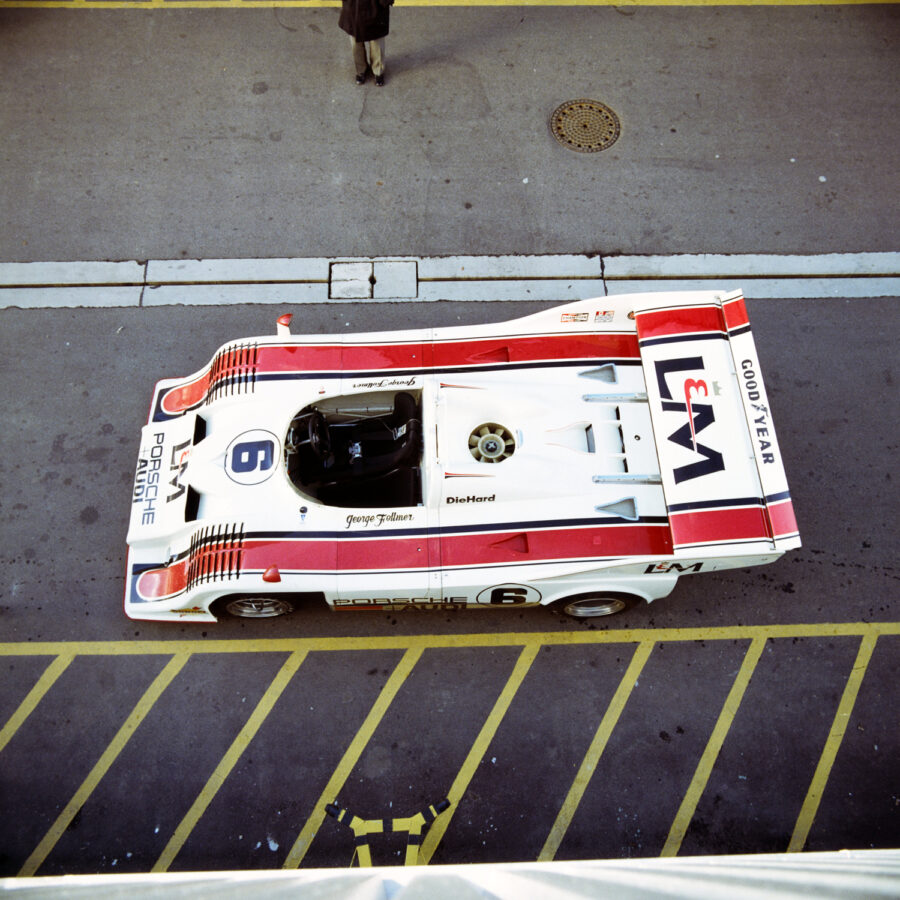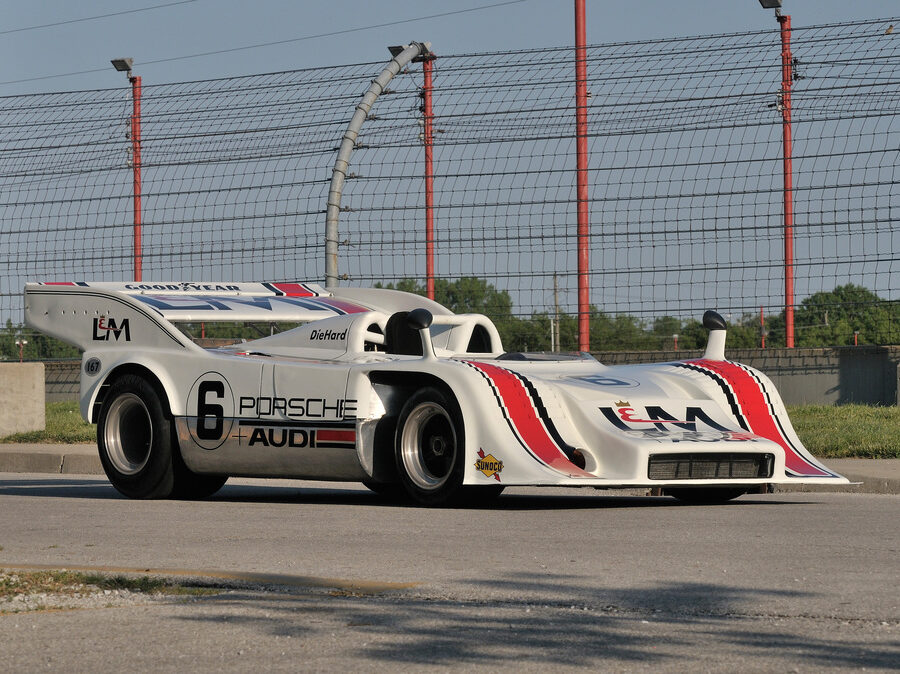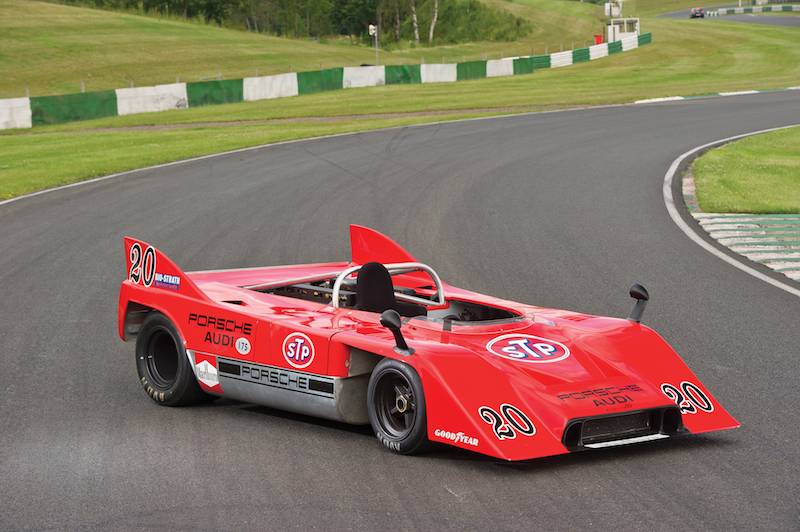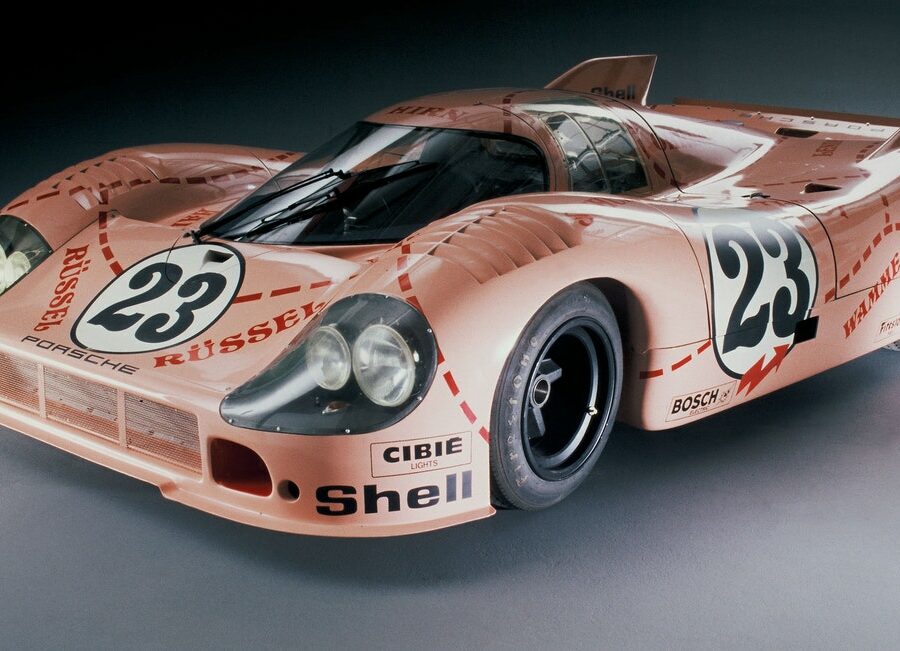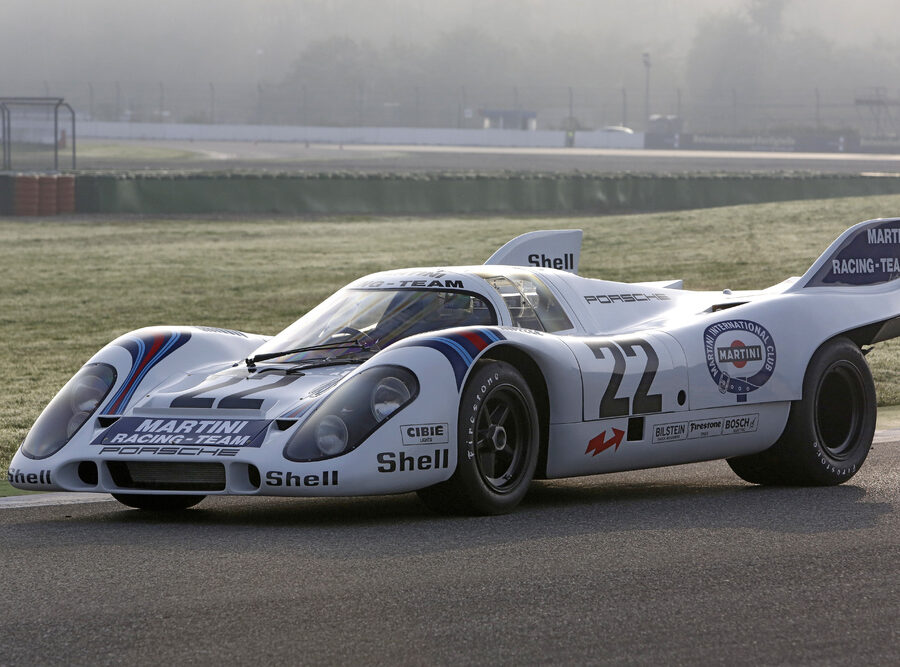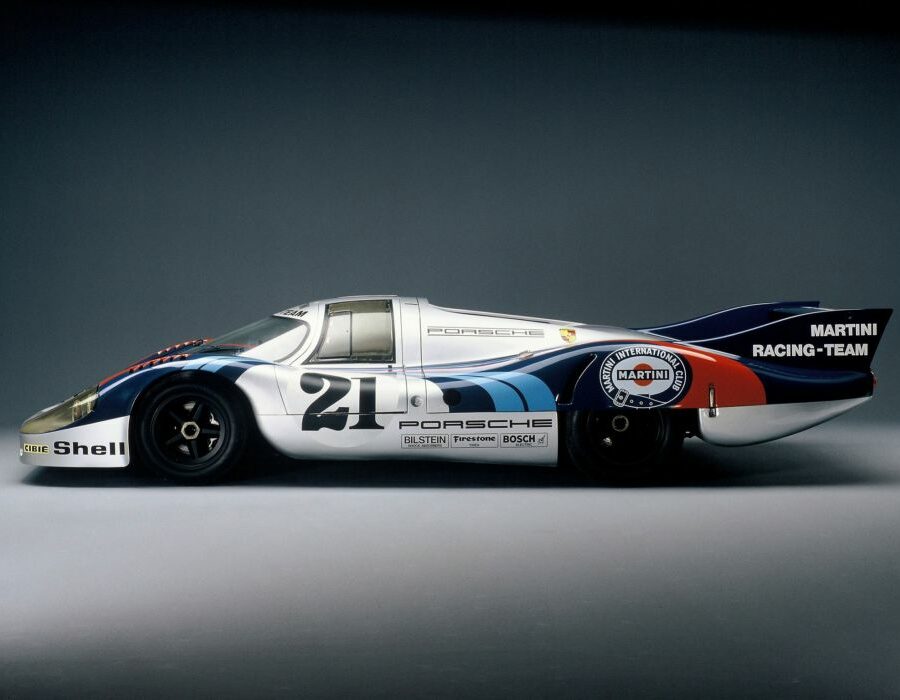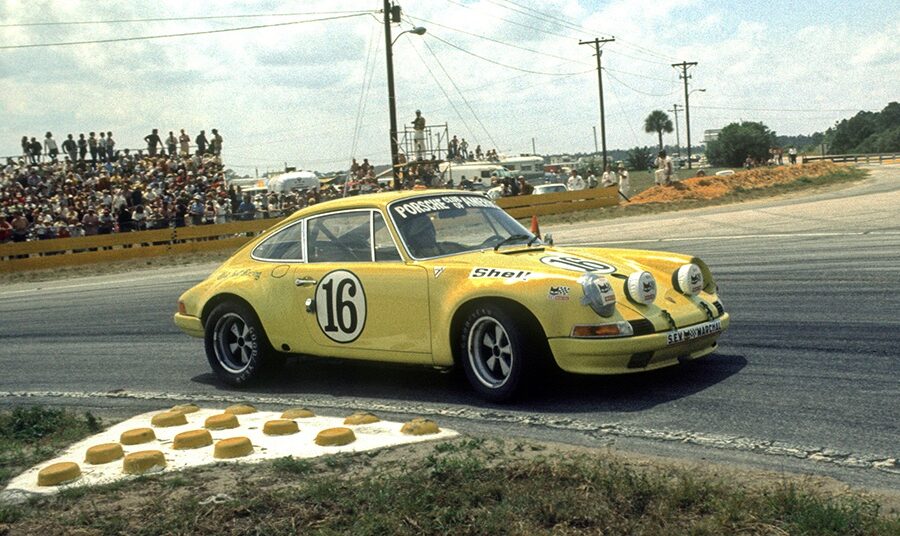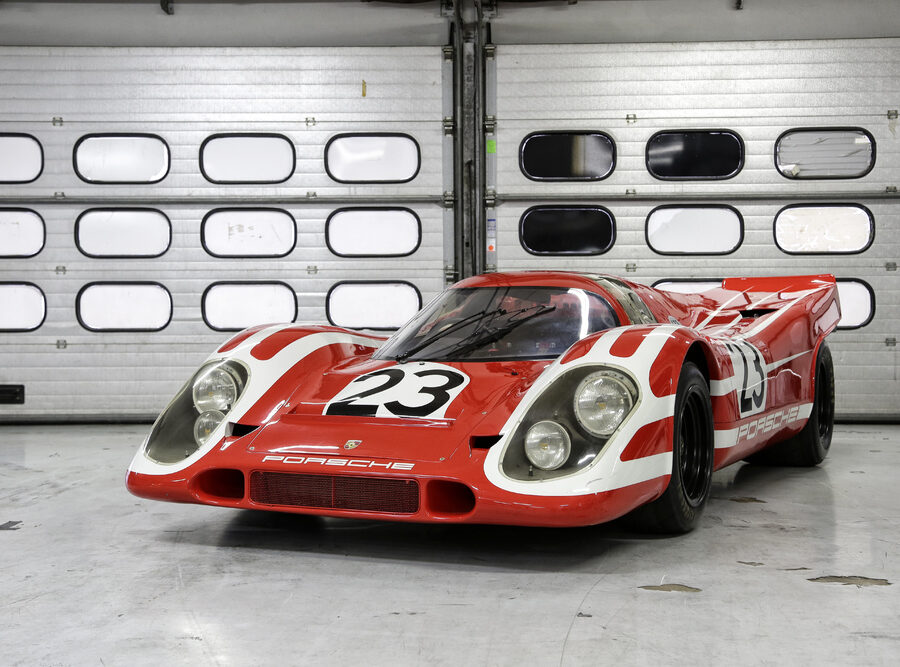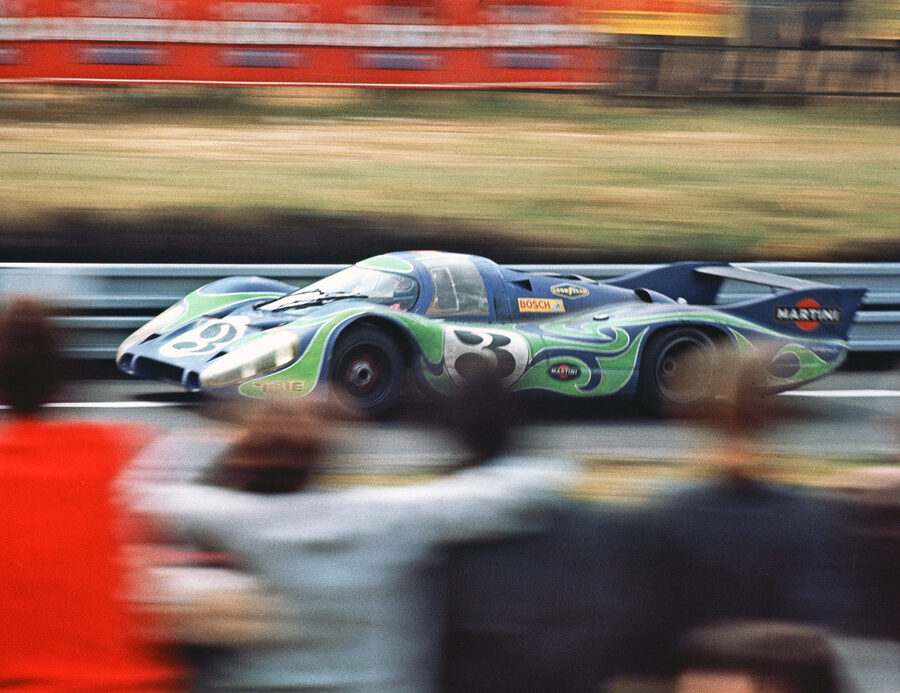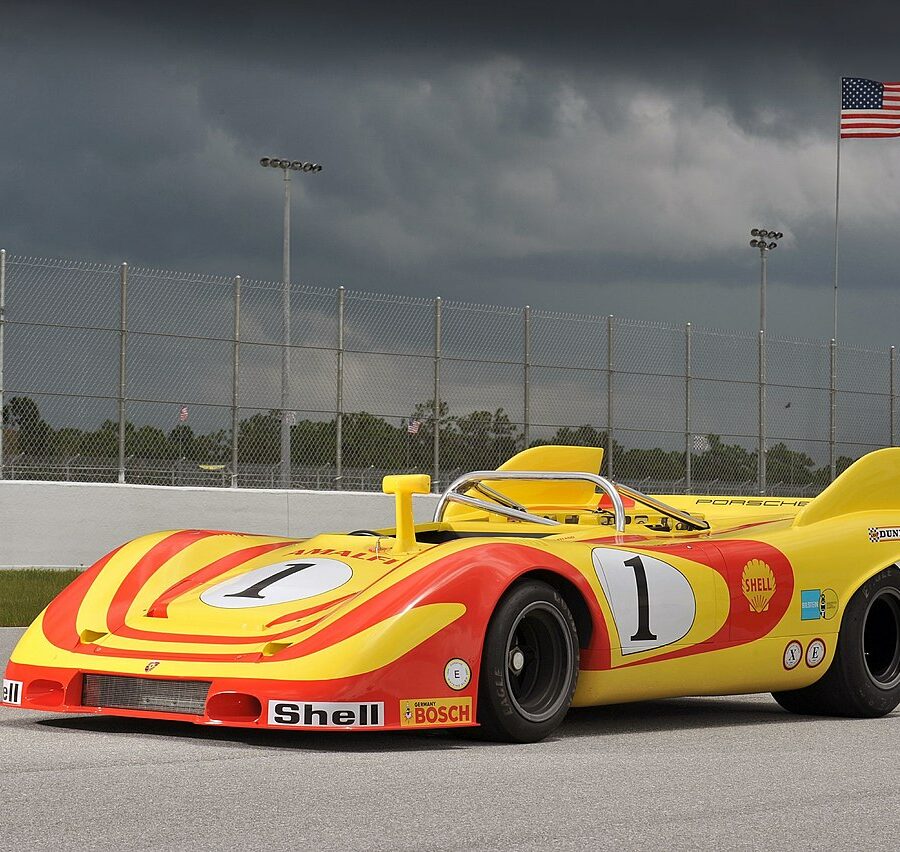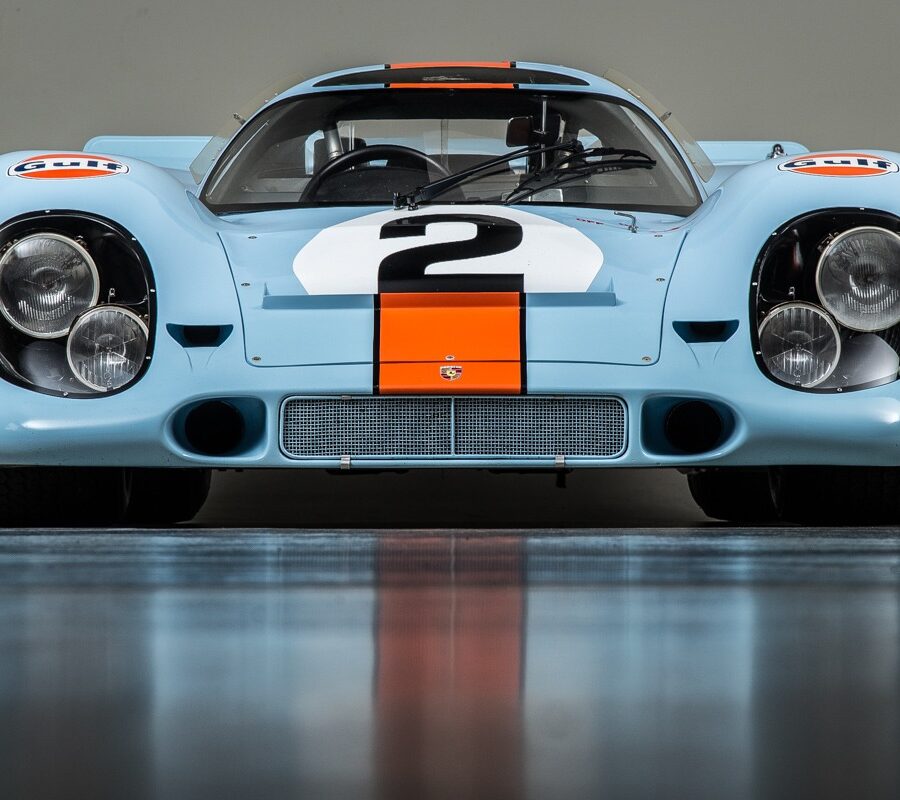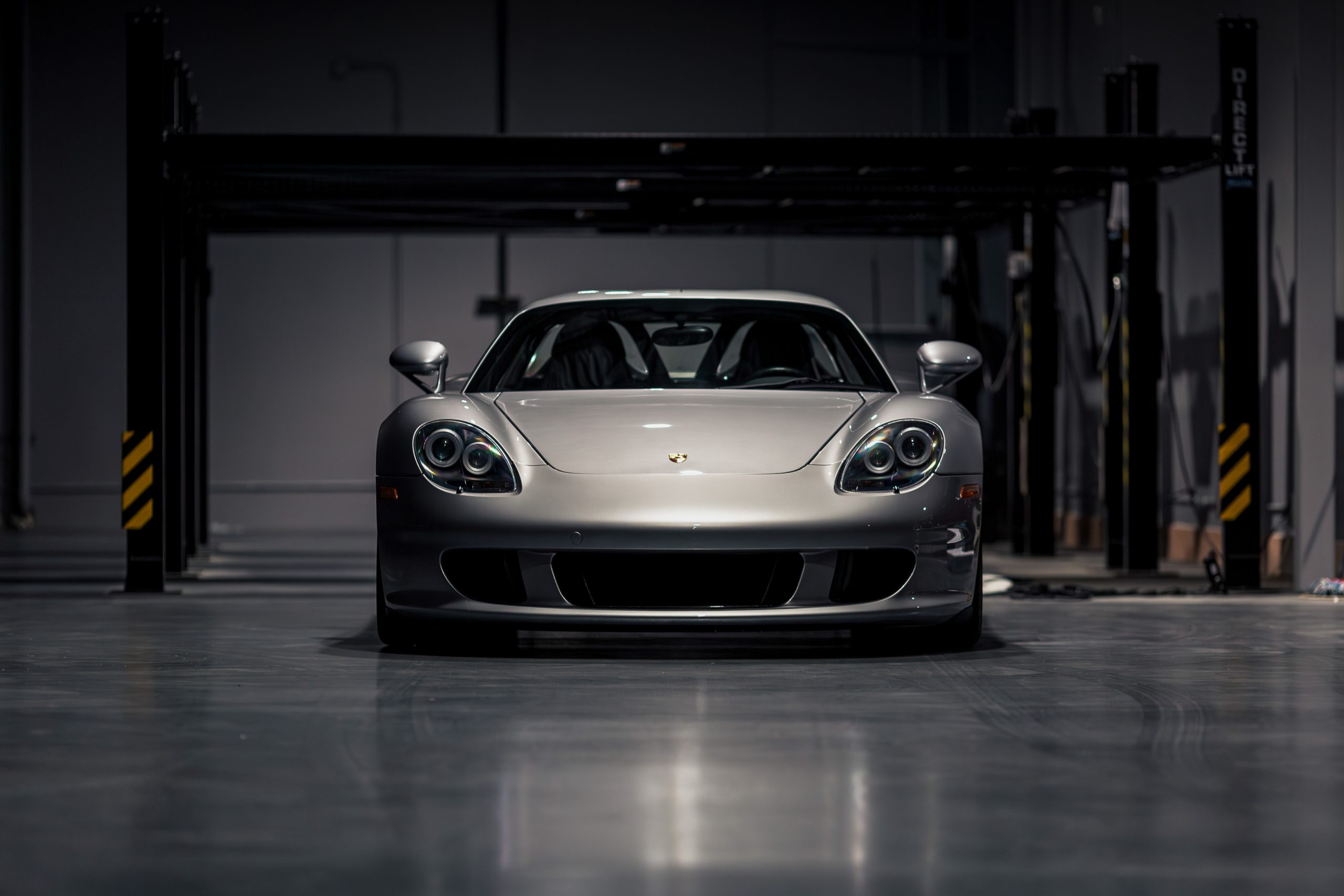Porsche 911 991 GT2 RS Clubsport Race (2018 – 2019)
Officially called as the 911 GT2 RS Clubsport, but the name is rather misleading.
Porsche 911 RSR 4.0 (991.2) (2017 – 2019)
The mid-engined version
Winning the World Endurance Championship 1981
#9 Porsche 935 (chassis #009 00030) win the race by 13 laps
Porsche 991 GT3 Cup 4.0 (991.2) (2016 – 2020)
The rear of the world’s most-produced GT racing car now houses a 4-litre, six-cylinder flat engine
Porsche 911 GT3 R (991.1) (2016 – 2018)
A customer sport race car for GT3 series around the world: The 911 GT3 R.
Porsche 911 GT America (991) (2014)
Built for the United Sports Car Racing (USRC) series and its GT Daytona class for 2014
Porsche 911 GT3 Cup (991) (2013 – 2016)
Continues to be the most successful race car in the world.
Porsche 911 RSR (991) (2013 – 2016)
2015 FIA World Endurance Cup for GT winner
Porsche 911 GT3 R Hybrid (2010)
This hybrid is unlike anything you've previously heard called a hybrid.
Porsche 928 Pikes Peak Special (2007 – 2009)
Carl Fausett Is At It Again
Porsche RS Spyder (2005 – 2006)
Porsche created the first prototype racecar it has designed and constructed since the 1998 24 Hours of Le Mans winning Porsche 911 GT1 as a commission.
Porsche 911 GT3 RSR (996) (2004 – 2005)
For the 2004 and 2005 racing season, Porsche Motorsport used the 911 GT3 RSR. This near-standard racing sportscar aimed to keep private customer teams competitive.
Porsche 911 GT3 RS Race Car (996) (2001 – 2004)
Modeled on the 911 GT3 R, the GT3 RS race cars offered a number of technical improvements
Porsche 911 GT3 R (996) (2000)
In the 2000 FIA GT Championship, the 996 GT3 R was the dominant racer in the new N-GT class and won every run.
Porsche 9R3 “LMP 2000” (1999)
The Porsche 9R3 was meant to address Audi's Le Mans dominance. Instead, it gave its V10 heart to the Carrera GT.
Porsche 911 GT3 Cup (996) (1998 – 2005)
Built for racing, the 996 GT3 Cup served as the basis for the 996 GT3 road car.
Porsche WSC-95 & Porsche LMP1-98
The Porsche WSC-95 was a Le Mans Prototype originally built by Tom Walkinshaw Racing. It was later upgraded to the Porsche LMP1-98 before being retired. Only two cars were ever built.
Porsche 911 GT1 ’98 (1998)
The Porsche 911 GT1/98 – Winning Le Mans in 1998
Porsche 911 GT1 Evolution (1997)
Towards the end of the 1996 season, Porsche made revisions to the 911 GT1 in preparation for the 1997 season.
Porsche 911 GT1 (1996)
Designed and developed to compete in the GT1 class of sportscar racing. Good for 205 mph...
Porsche 911 GT2 Race (993) (1995 – 1996)
Combined the RSR’s purity of purpose with a tuned version of the 993 Turbo’s twin-turbo engine
Porsche 911 Cup 3.8 (993) (1994 – 1998)
Developed at Porsche’s race department using the platform of their new 993 Carrera 2
Porsche 968 Turbo RS (1992 – 1993)
In 1992, Porsche introduced the 968 Turbo RS racecar which it developed to compete in the new ADAC GT racing series in Germany.
Porsche 959 Rally (1985 – 1986)
The greatest version of the 959 is, and always will be, the Rothman's liveried Paris-Dakar racing version.
Porsche 961 (1986 – 1987)
The Porsche 961 was the racing version of the 959 supercar.
Porsche 953 (1984)
The Porsche 953 ranks as one of the finest off-roaders Porsche has ever made.
Porsche 911 SC RS 3.0 (1984)
Built so that the factory Rothmans Porsche Rally Team could hit the international stage
Porsche 956 (1982 – 1983)
Built by Porsche in 1982 for the FIA World Sportscar Championship. In 1983, driven by Stefan Bellof, this car established a record that would stand for 35 year
Porsche 911 SC “San Reno” (1981)
Röhrl's one-off drive at the 1981 San Remo Rally is regarded as one of the greatest drives ever
Porsche 924 Carrera GTR (1981)
The ultimate development of the 924 in its race trim was the 924 Carrera GTR race car
Porsche 924 SCCA (924D) (1979)
These cars were designed by the factory to race in SCCA D Production Championship starting in 1979.
Porsche 911 SC Safari (1978)
In 1978 a pair of 911s were entered into the East African Safari Rally.
Porsche 935/78 ‘Moby Dick’ (1978)
The 935/78 was the ultimate expression of the 911 factory race car before Porsche officially withdrew from motor sport.
Porsche 935/2.0 ‘Baby’ (1977)
Built for 1977 to race in the national German DRM series under 2 liter class
Porsche 935/77 (1977)
The Group 4 racer based on the 911 Turbo (930)
Porsche 935/76 (1976)
The Group 4 racer based on the 911 Turbo (930)
Porsche 934/5 (1976 – 1977)
The Porsche 934/5 was effectively a hybrid of the Porsche 934 and 935 built to compete in Group 4 of the IMSA
Porsche 934 (1976 – 1977)
Using the 930 Turbo as a basis, Porsche built the 934 for Group 4 GT racing.
Porsche 908/03 Spyder Turbo (1975 – 1981)
Porsche decided to end its 20-year history of factory sports car racing and sold the 908/03 cars to customers. In 1975, some 908s were fitted with turbocharged engines.
Porsche 911 Carrera RSR 3.0 (1974 – 1975)
The 3.0 RSR was one of the most successful Group 4 racing cars ever
Porsche 911 Carrera Turbo 2.1 (1974)
The first turbocharged Porsche 911, and the first turbo-powered Porsche race car at Le Mans.
Porsche 917/20 Turbo (1973 – 1974)
The 917/20 Turbo is a confusing car - its chassis number reads 917/30-001, but it is not the real 917/30
Porsche 917/30 Spyder (1972 – 1973)
The Car That Killed Can-Am
Porsche 917/10 Turbo (1972)
The first turbo-Porsche, Can-Am winner 1972, Interserie winner 1972, 1973
Porsche 917/10-72 (1972)
The 1972 917/10 was similar to the 908/03, but had the 12-cylinder engine instead of the 3-litre flat-8.
Porsche 917/10-71 (1971)
Only two 917/10 were created in 1971.
Porsche 917/20 Le Mans (1971)
The Pink Pig
Porsche 917 K-71 (1971)
For the 1971 Season, the 917 Kurzheck Coupé (917K) was upgraded in several ways
Porsche 917 LH-71 (1971)
Like the 917 LH of 1969 and 1970, the 1971 version was also made for one race only - the 24 hours of Le Mans.
Porsche 911 S/T (1970 – 1971)
Built to take full advantage of new FIA rules allowing a two-inch wider track.
Porsche 917 K-70 (1970)
The 917 Kurzheck Coupé (917K) first appeared in 1970. A winner from day one.
Porsche 917 ‘Interserie Spyder’ (1969 – 1970)
Of all the 917 variants, the ‘Interserie Spyder’ was one of the most successful. It won the Interserie championship outright for two years in a row before the model was replaced by the 917/10 of 1972
Porsche 917 K-69 (1969)
The short tail 917 K ("Kurz" in German for short) was raced first. The only engine available in 1969 was the 4.5-litre flat 12.


